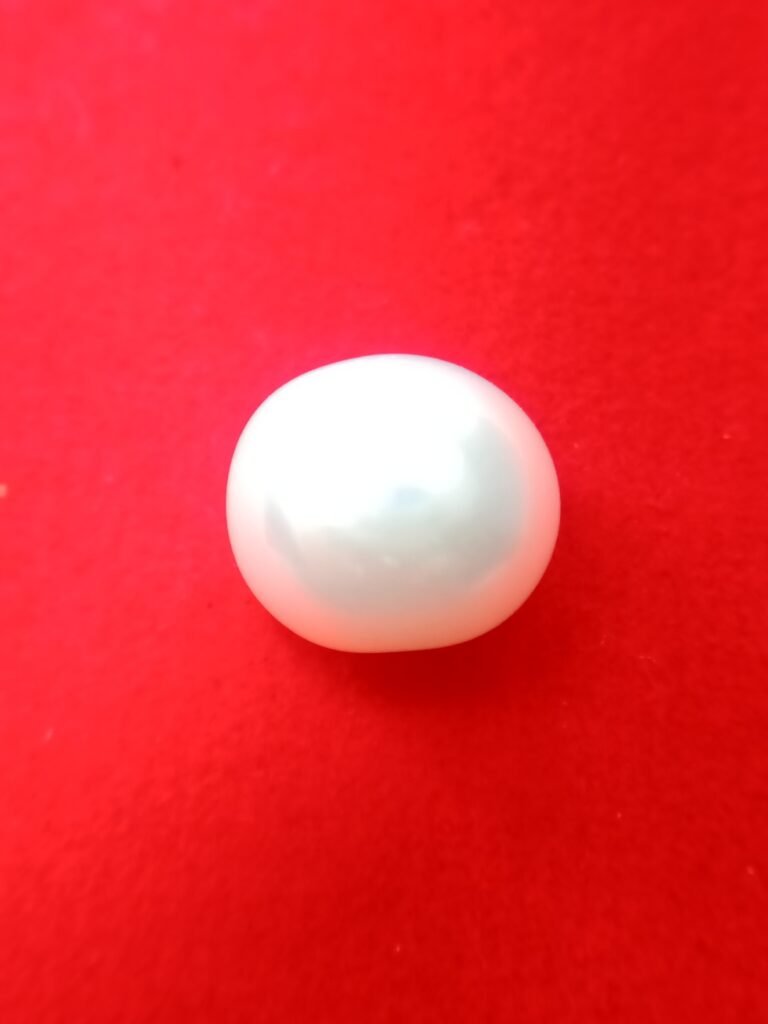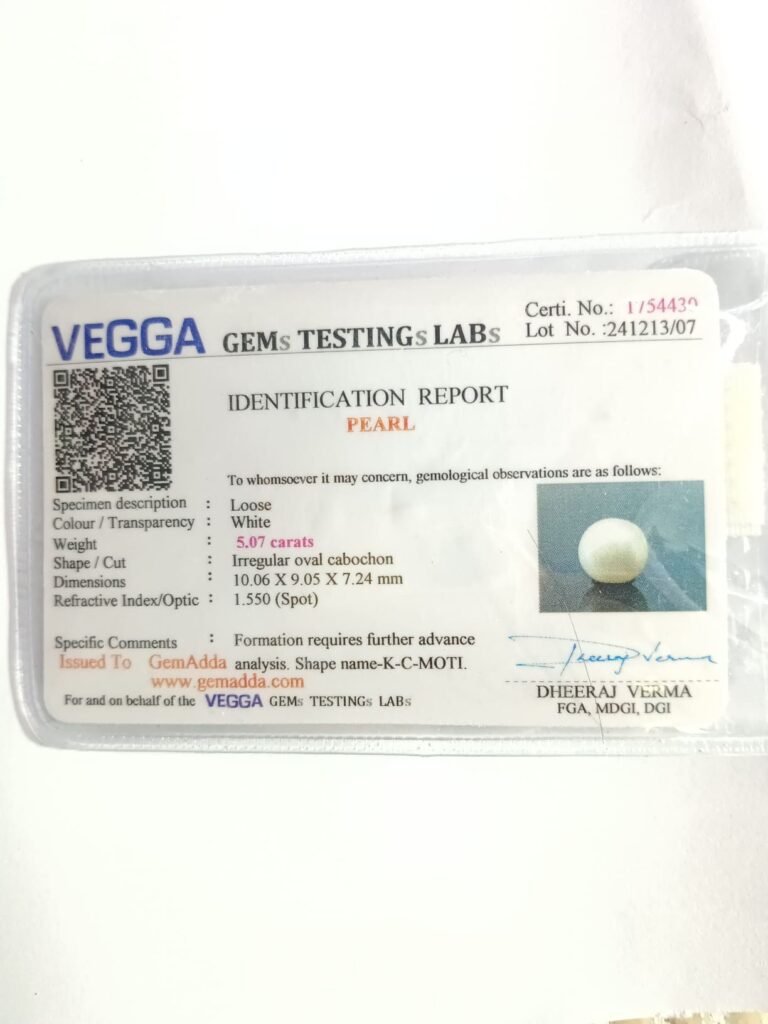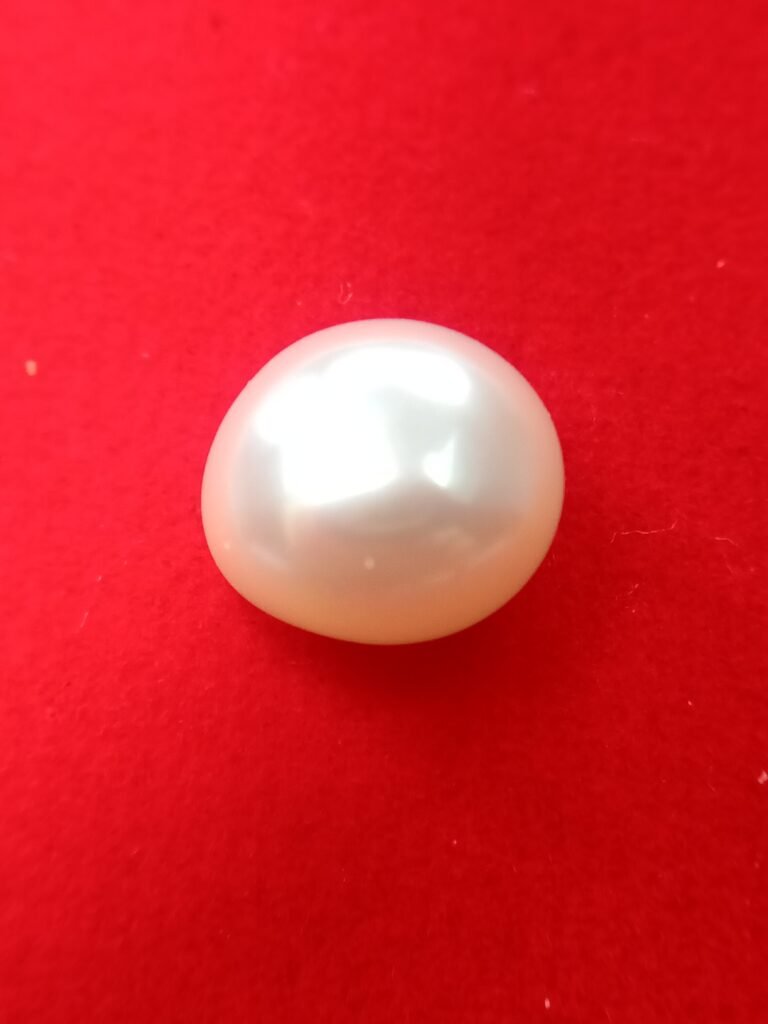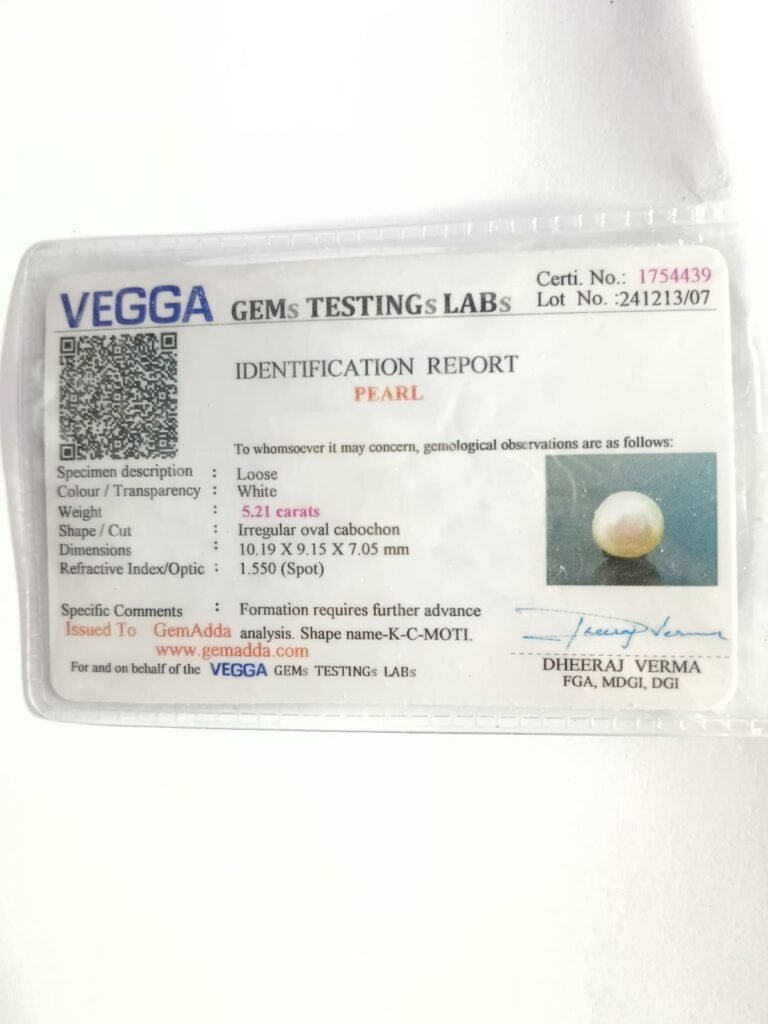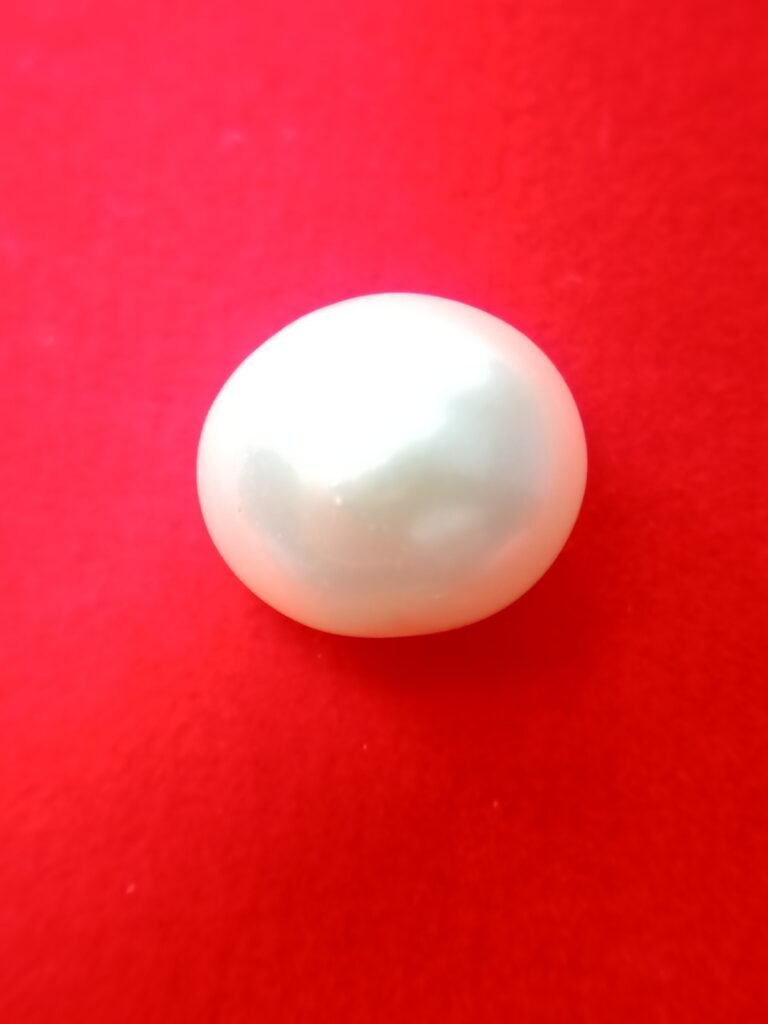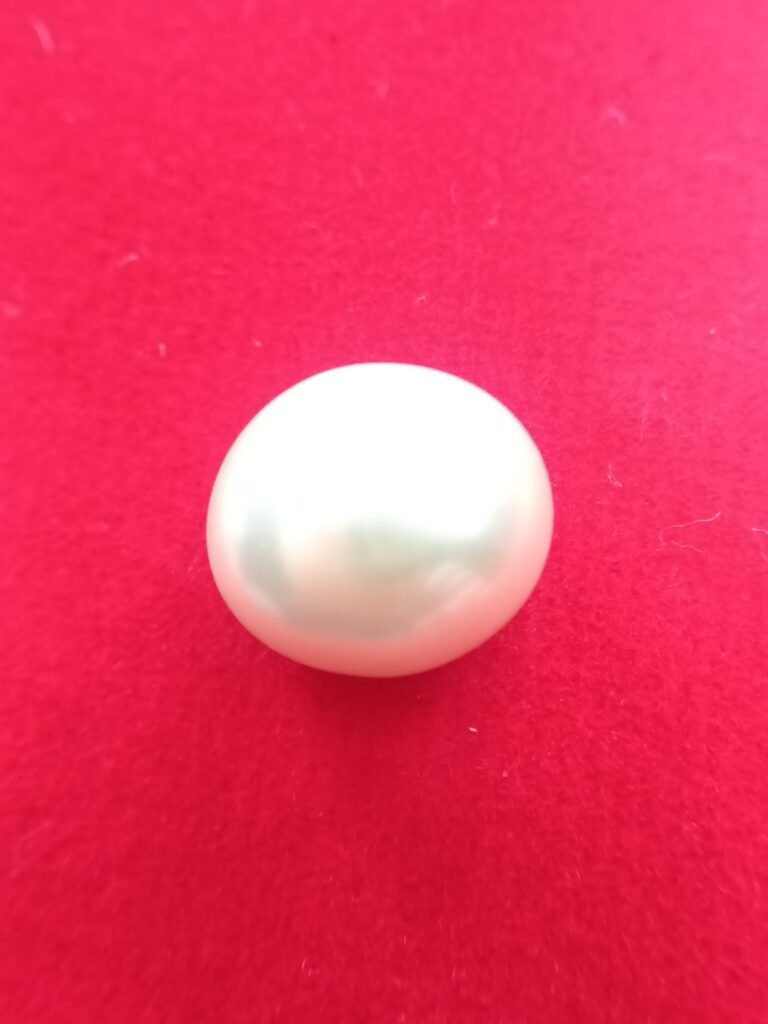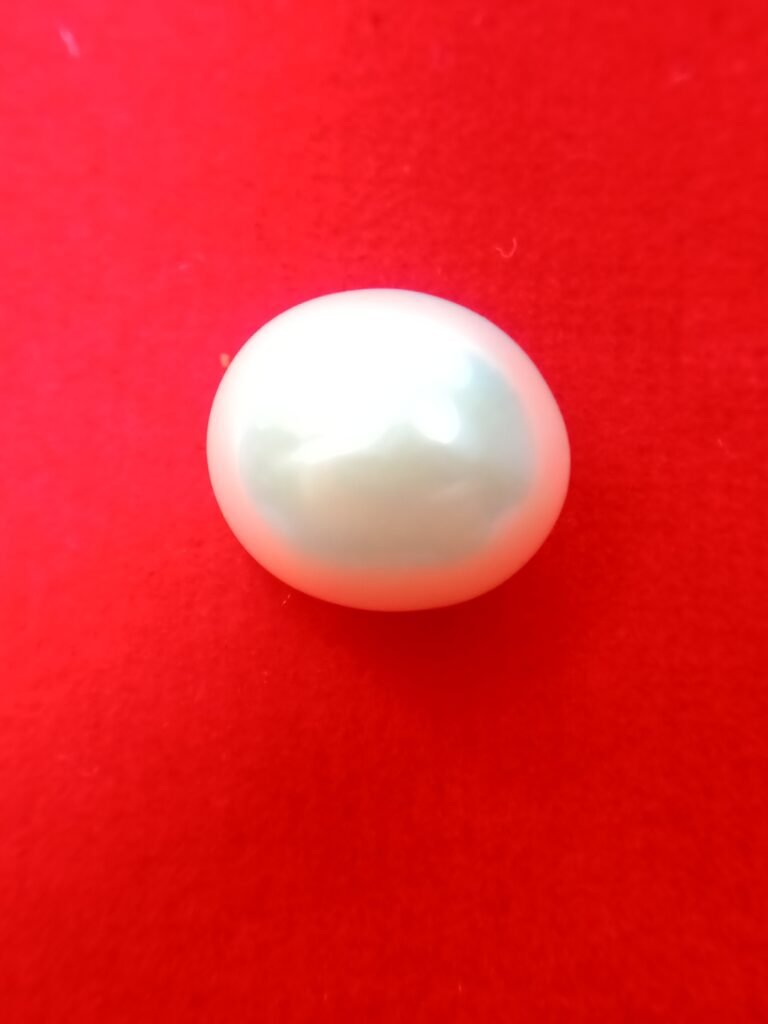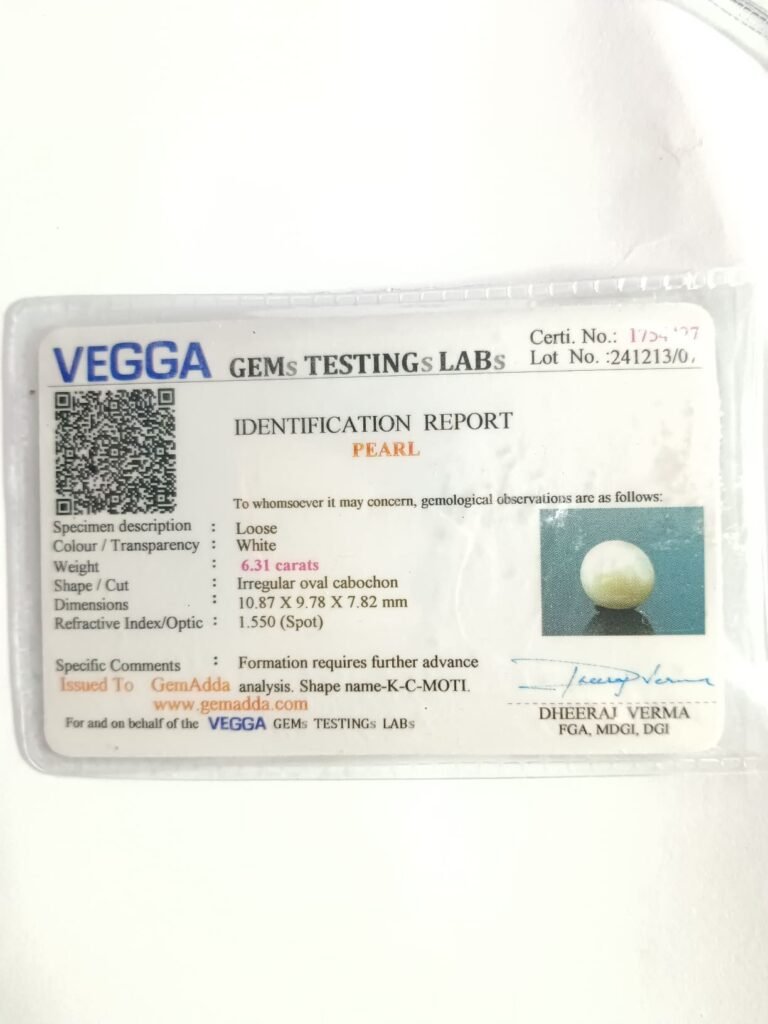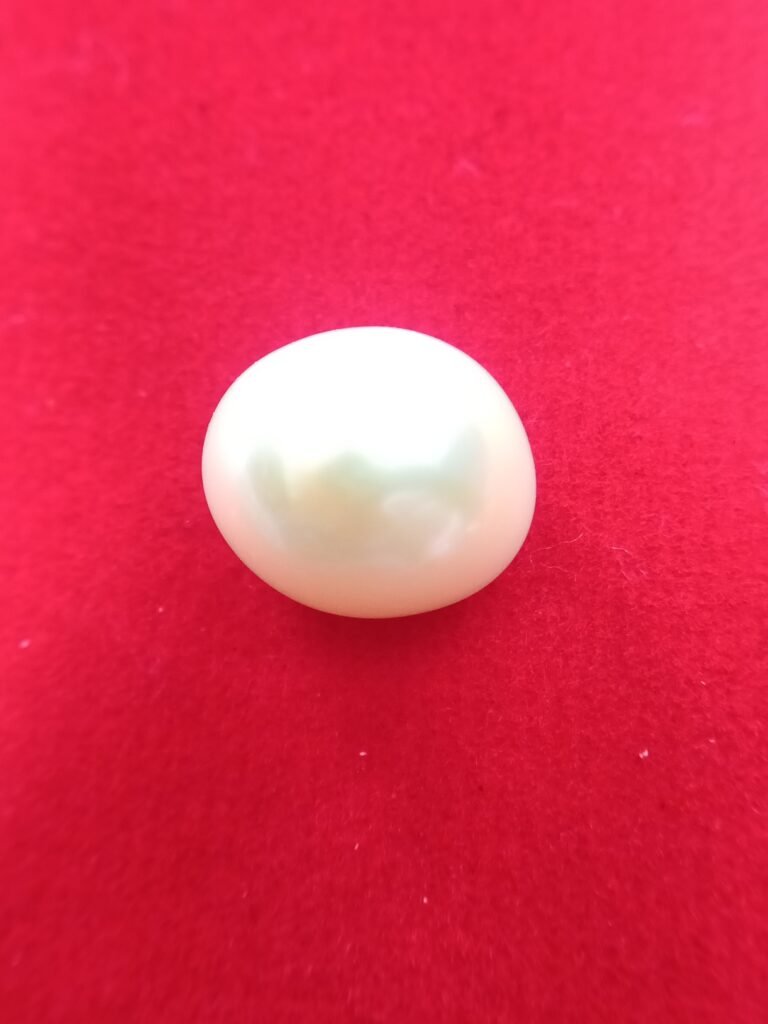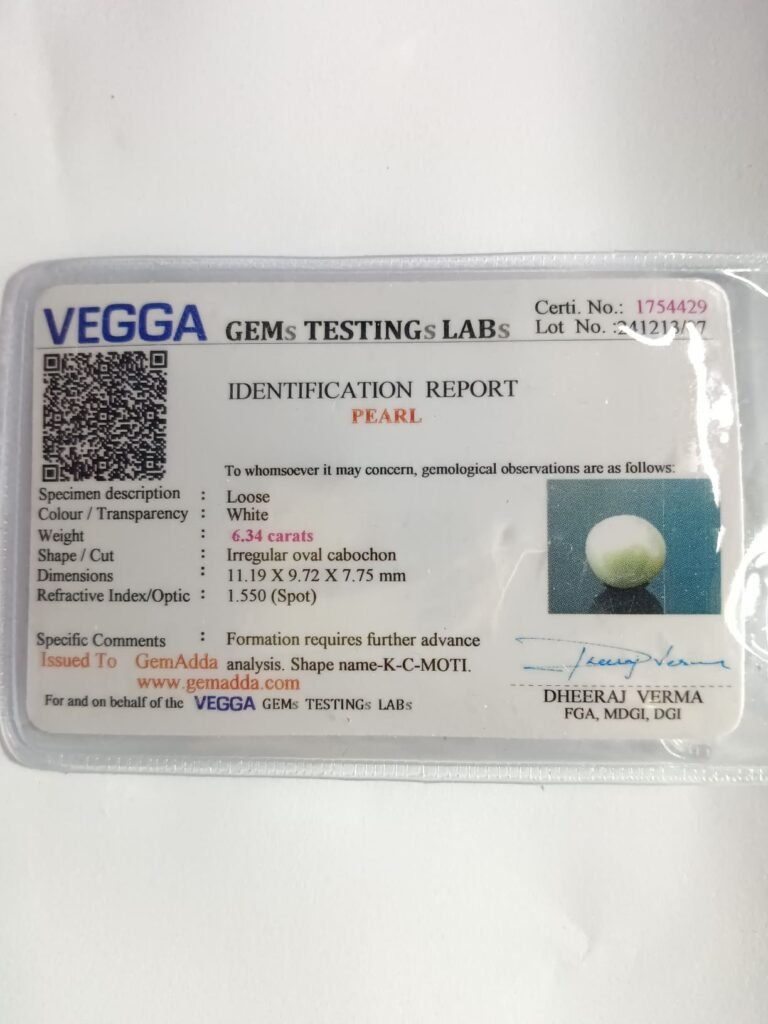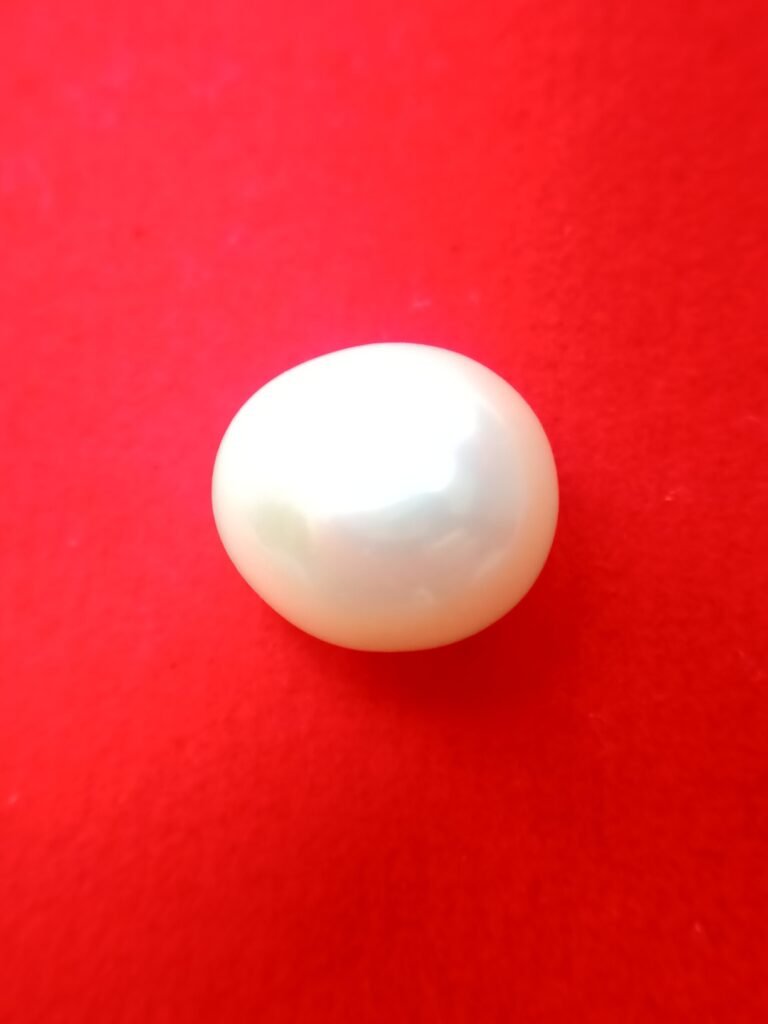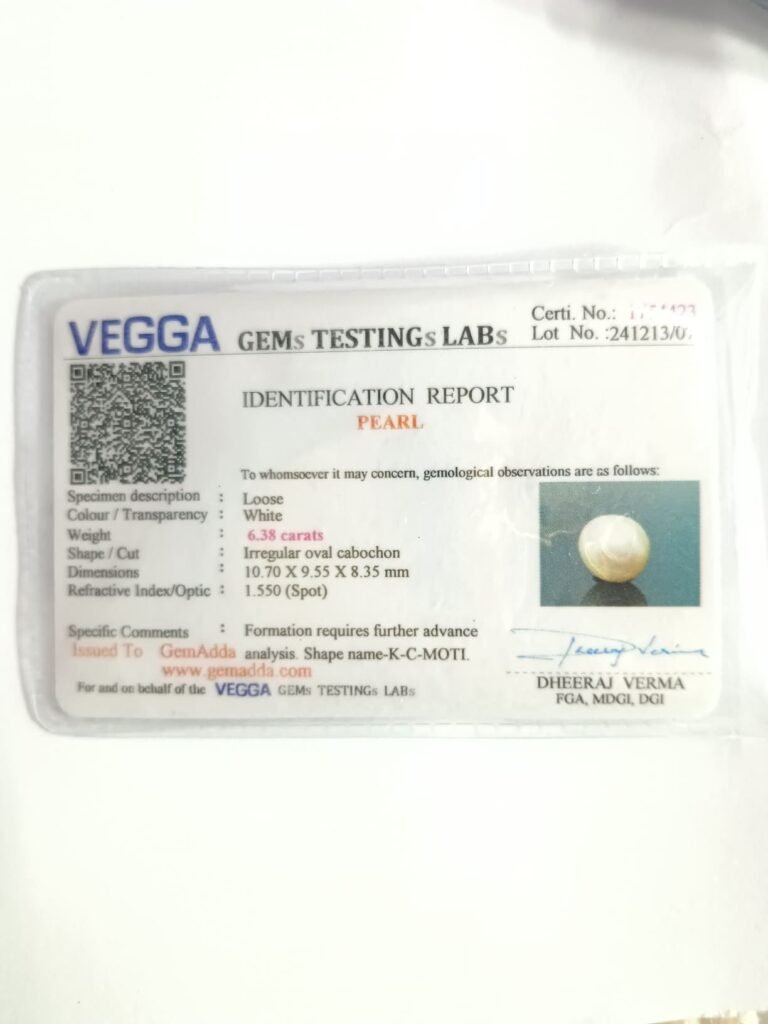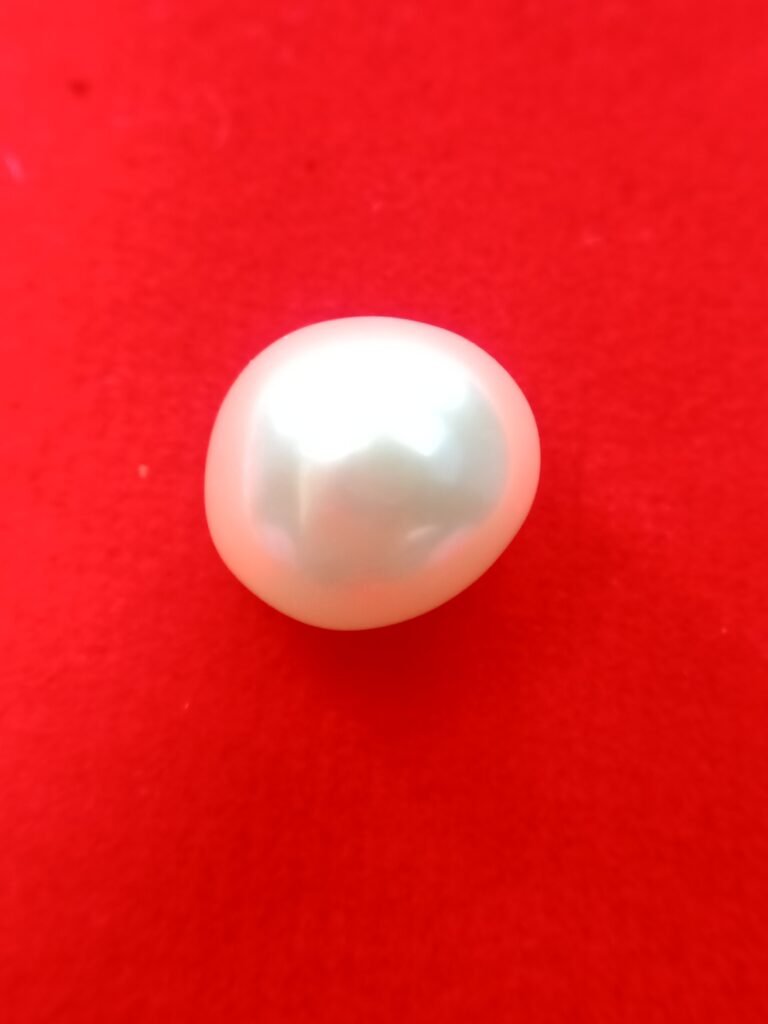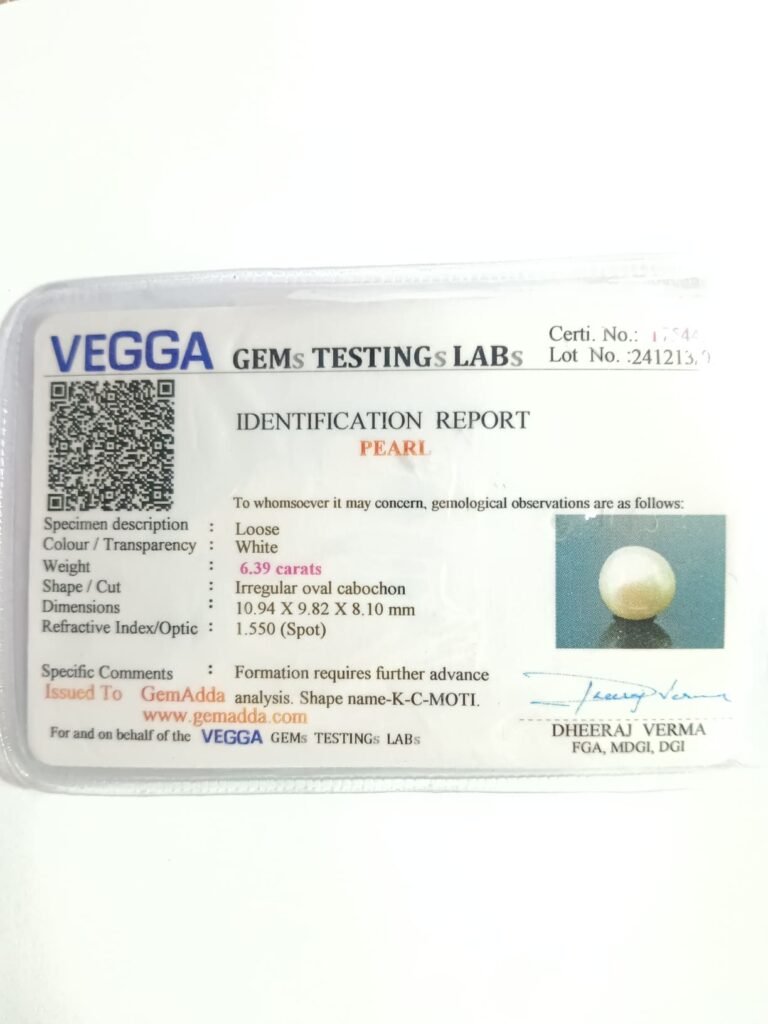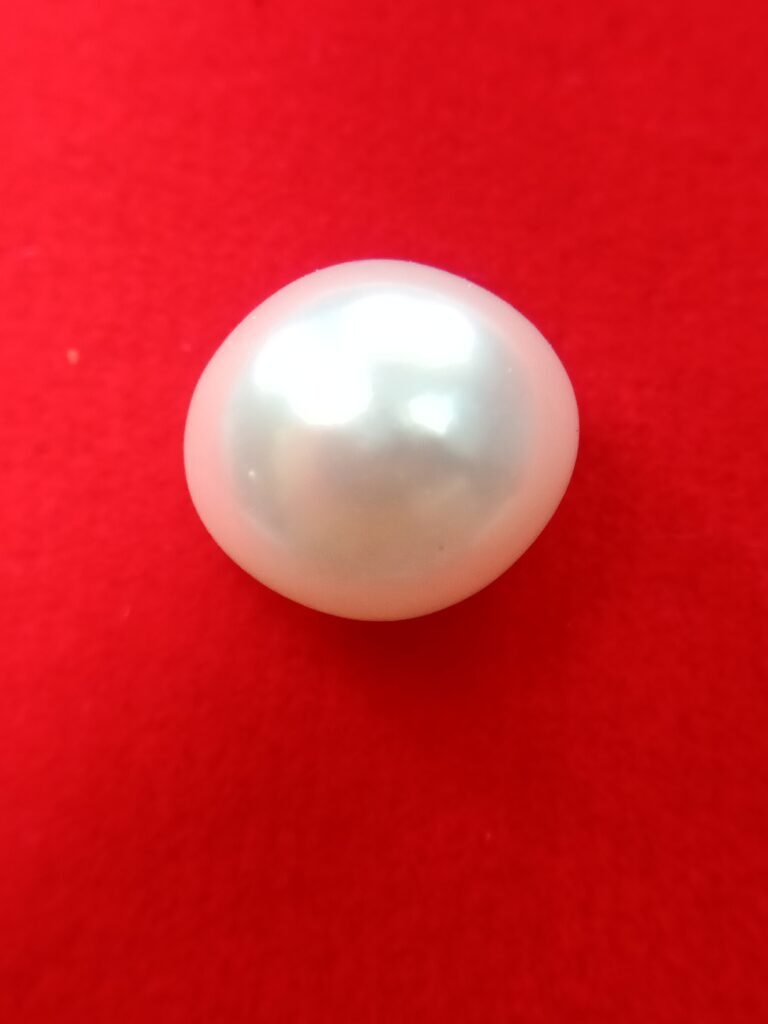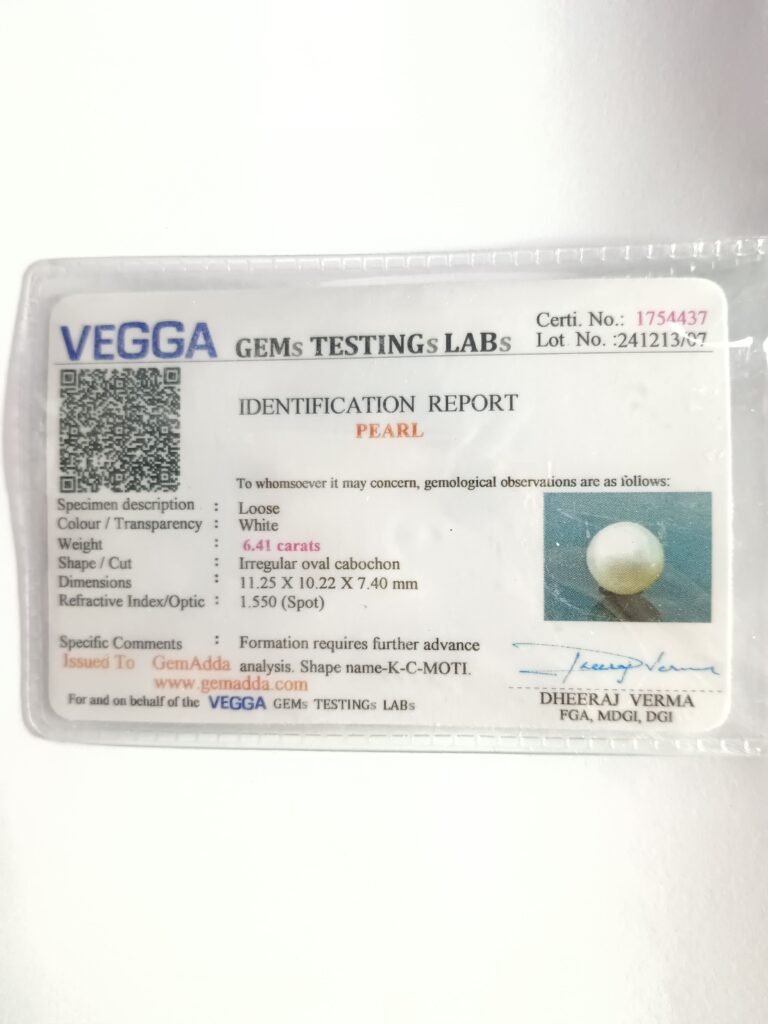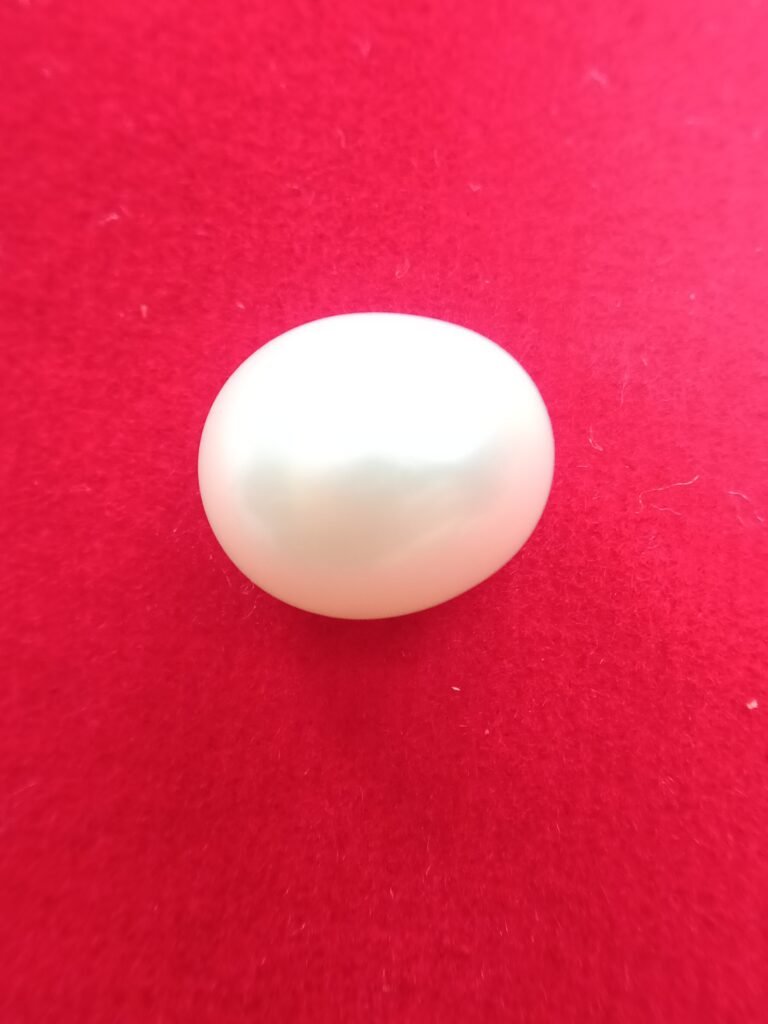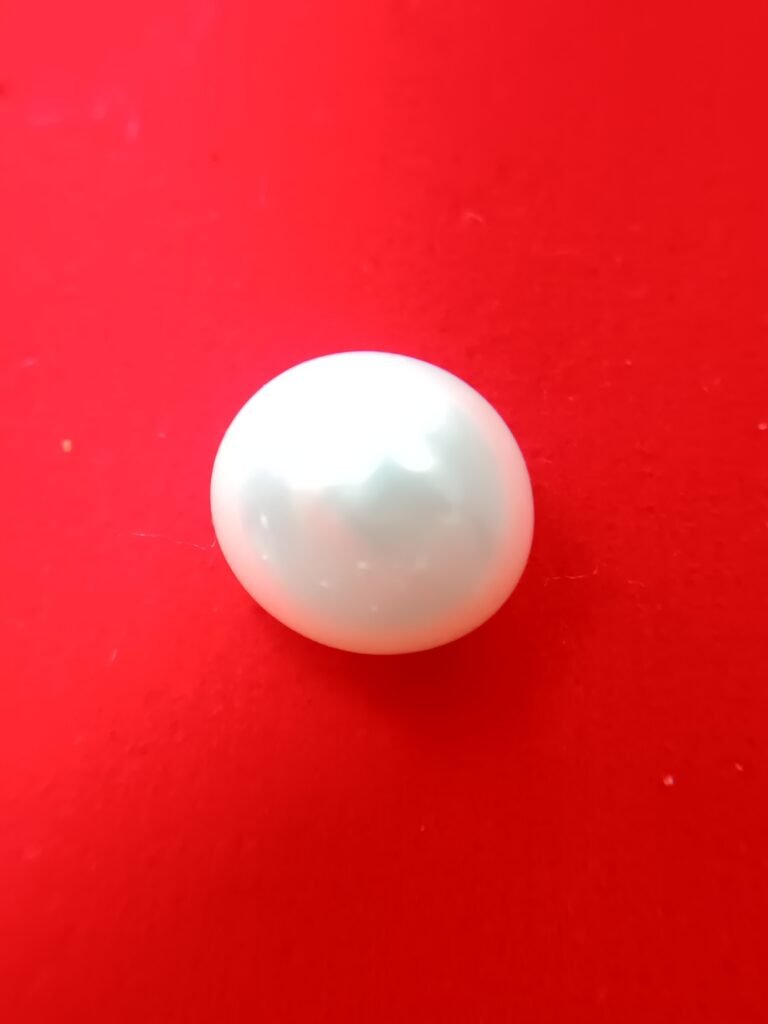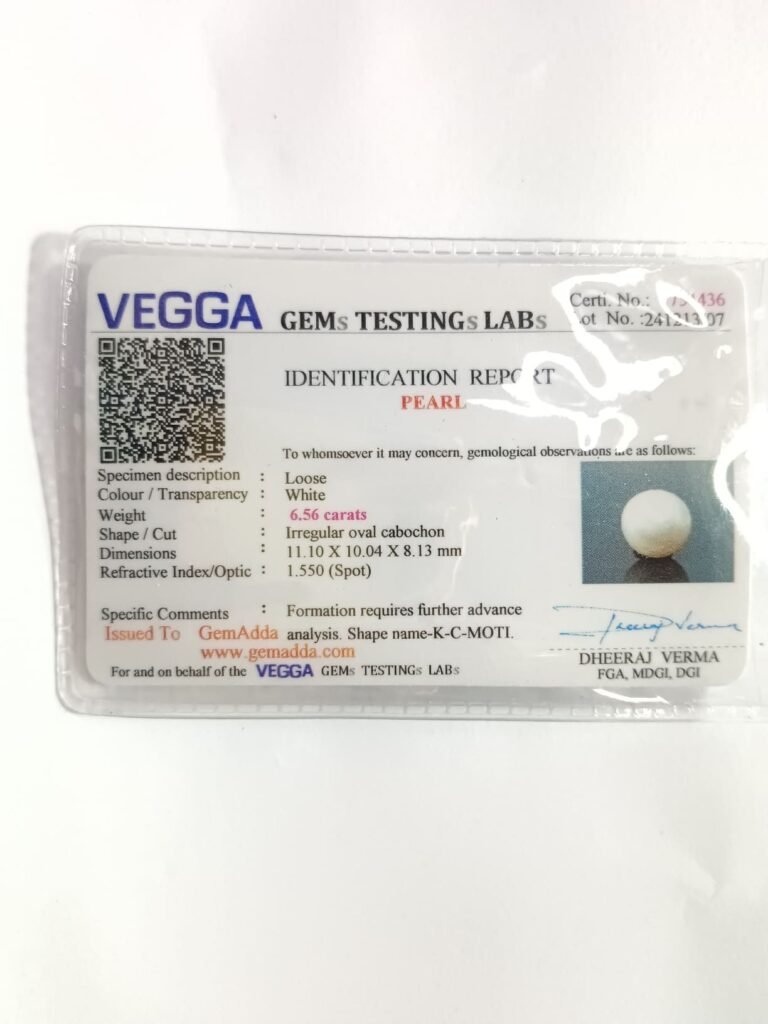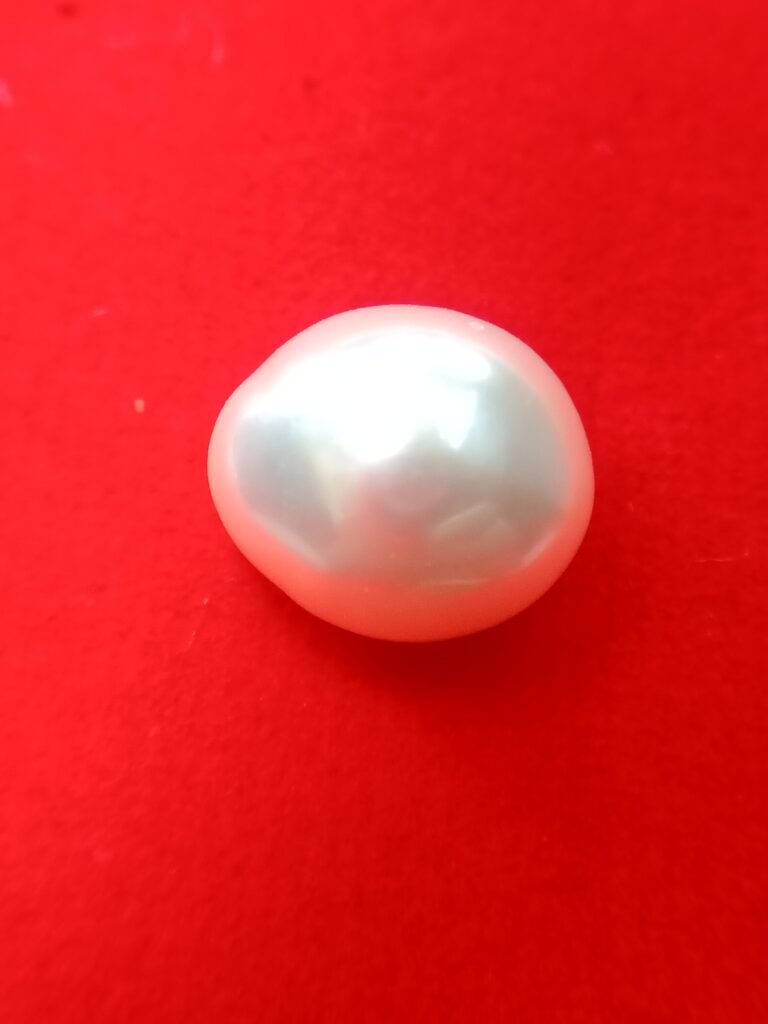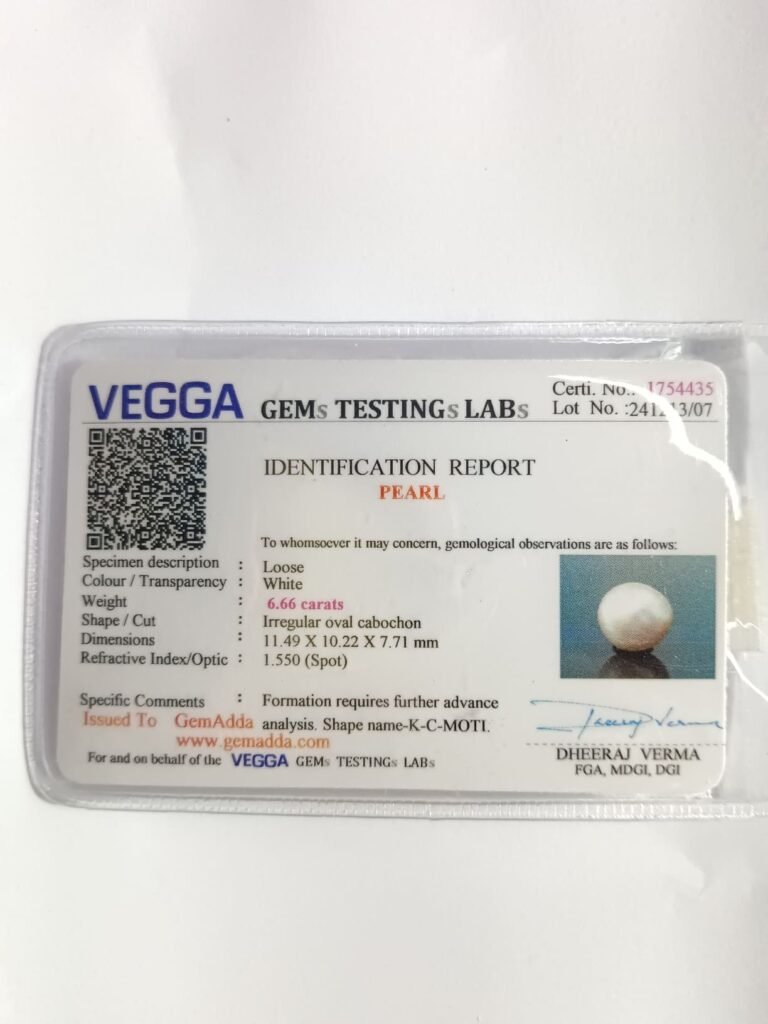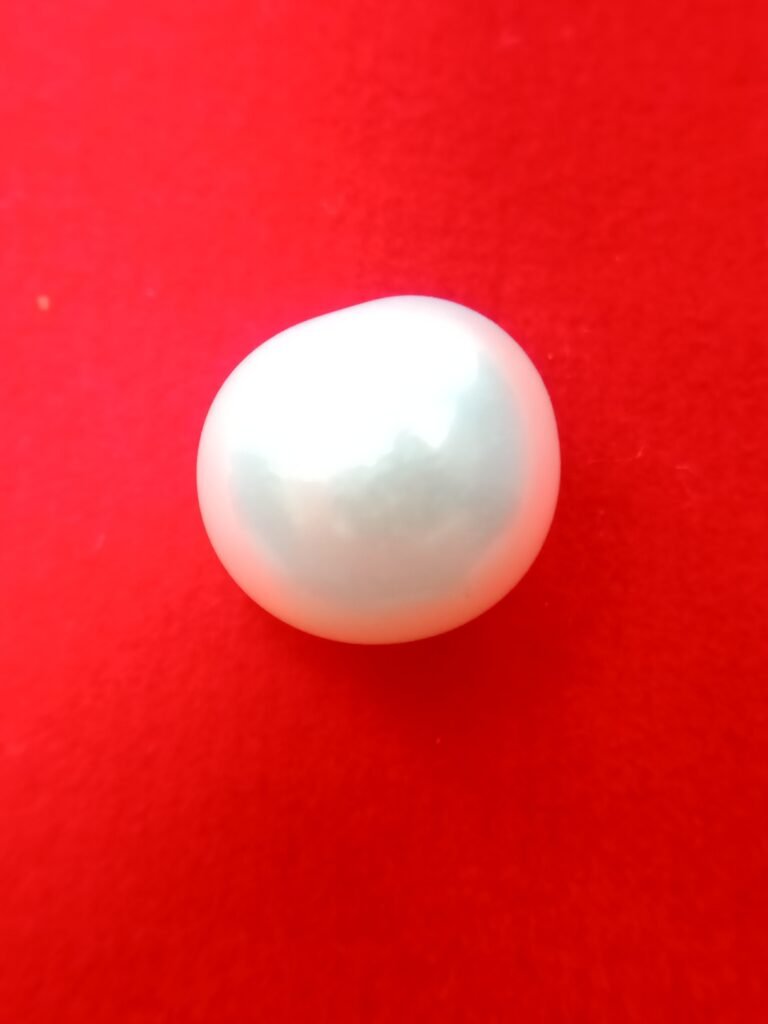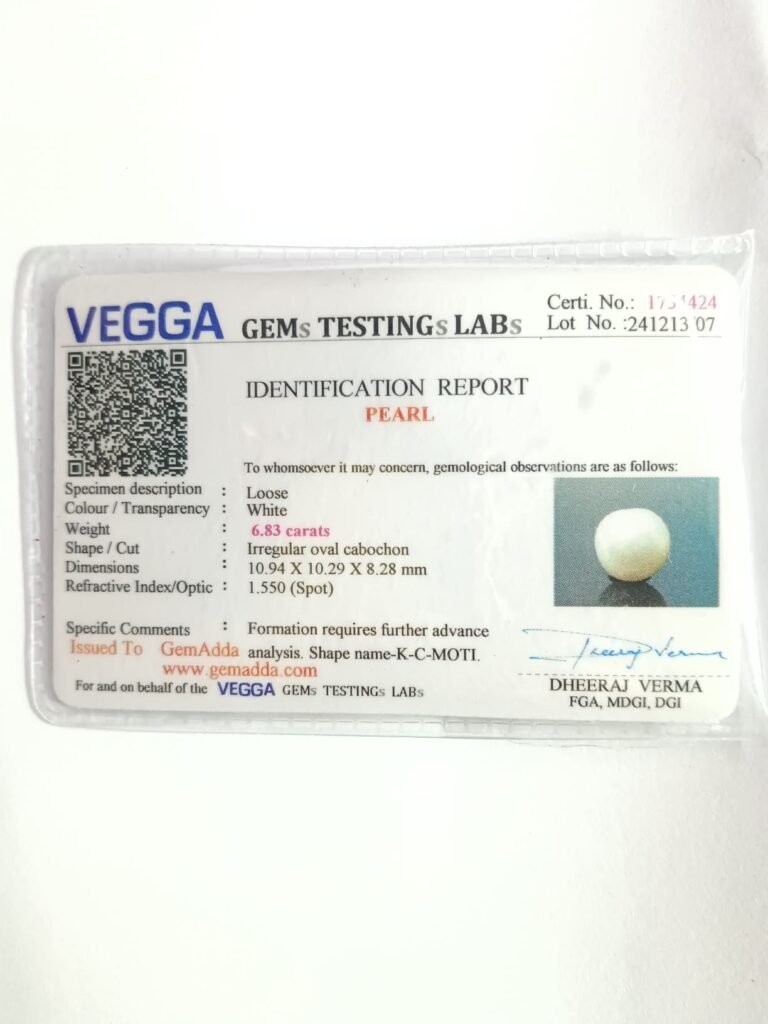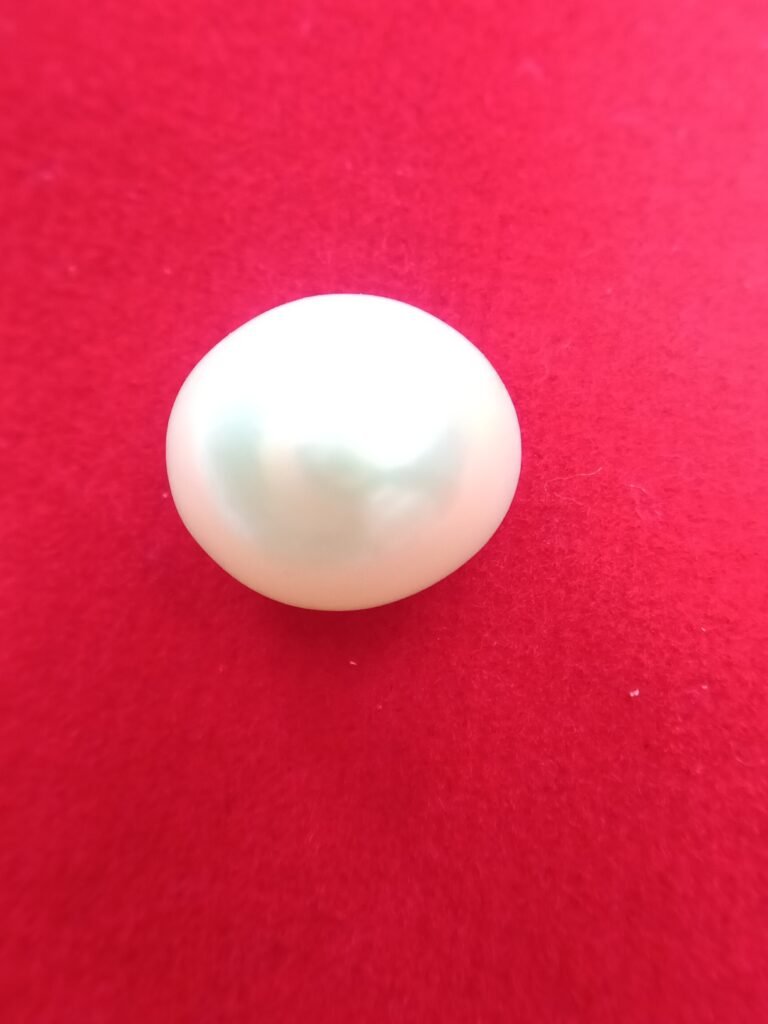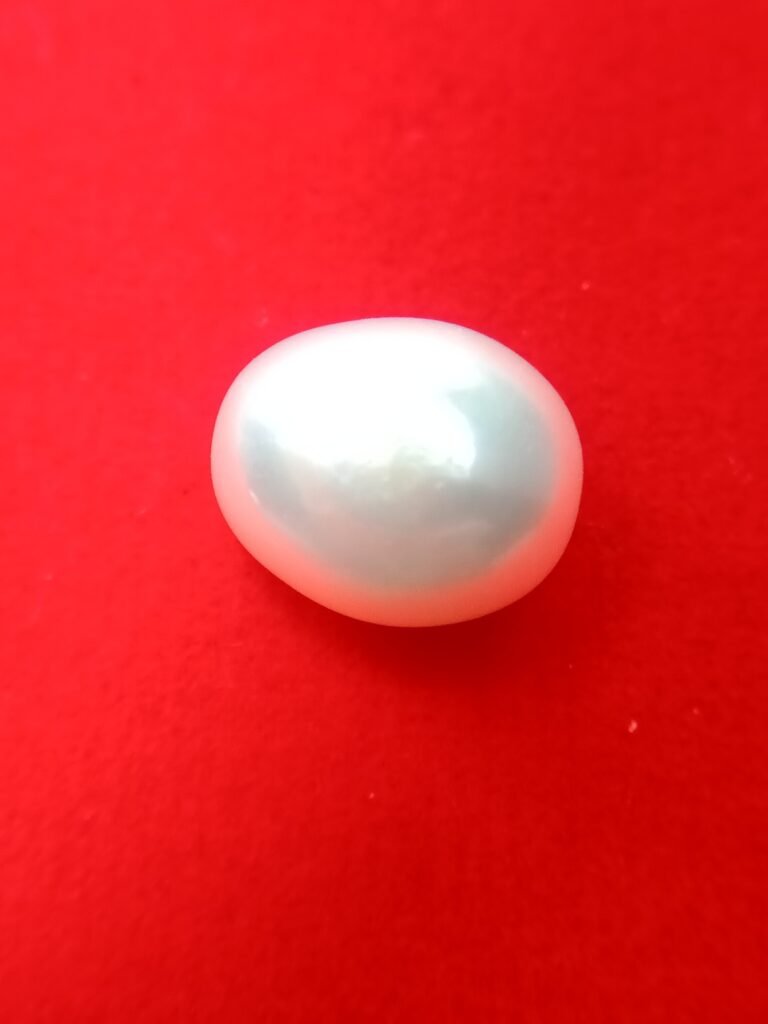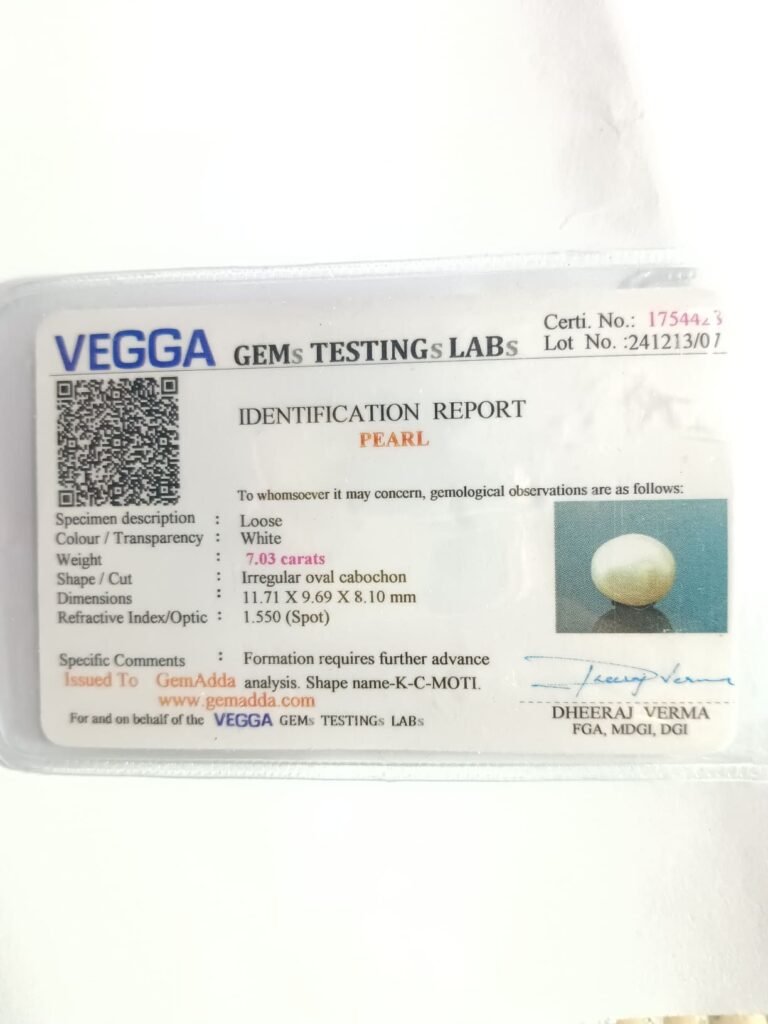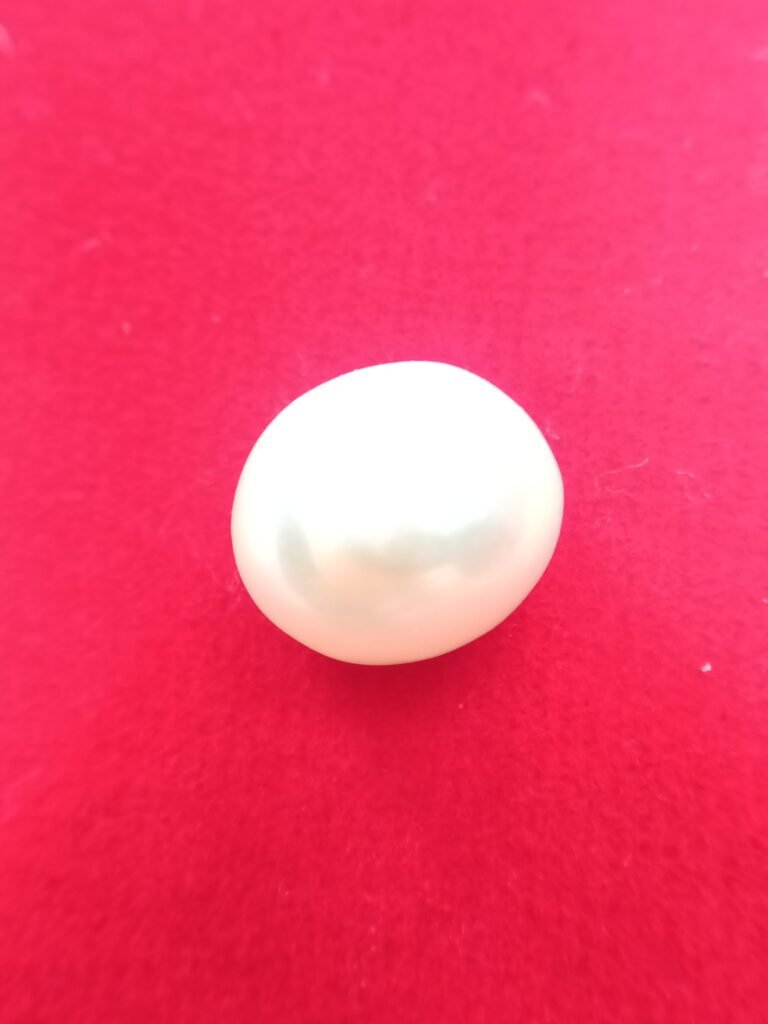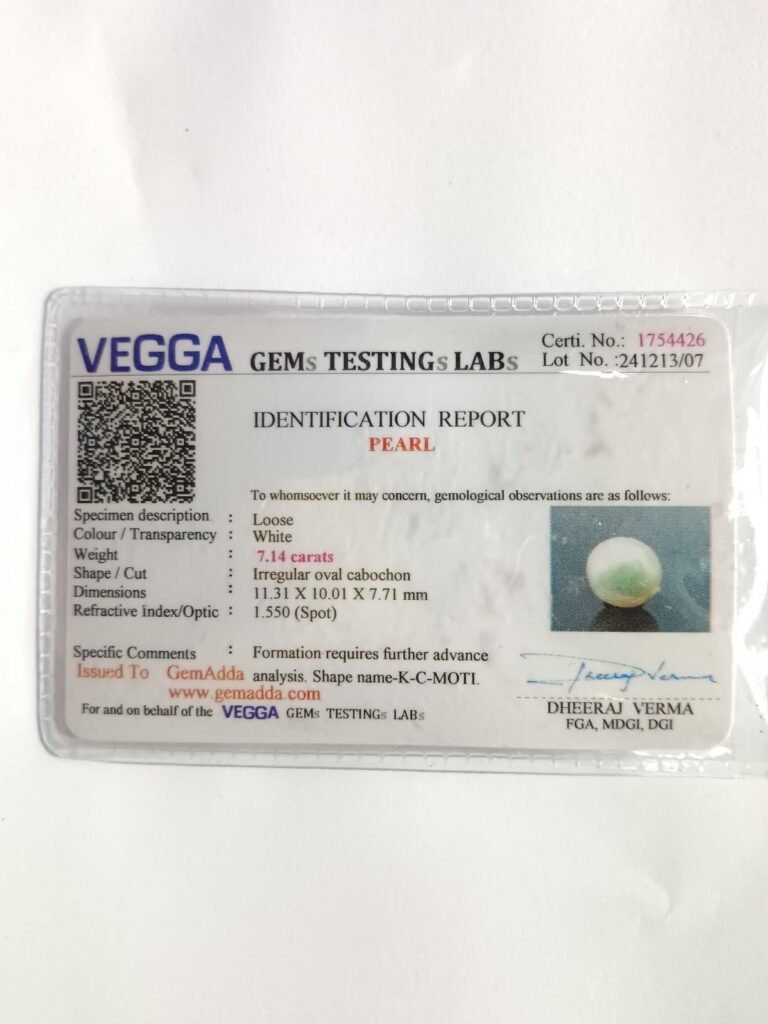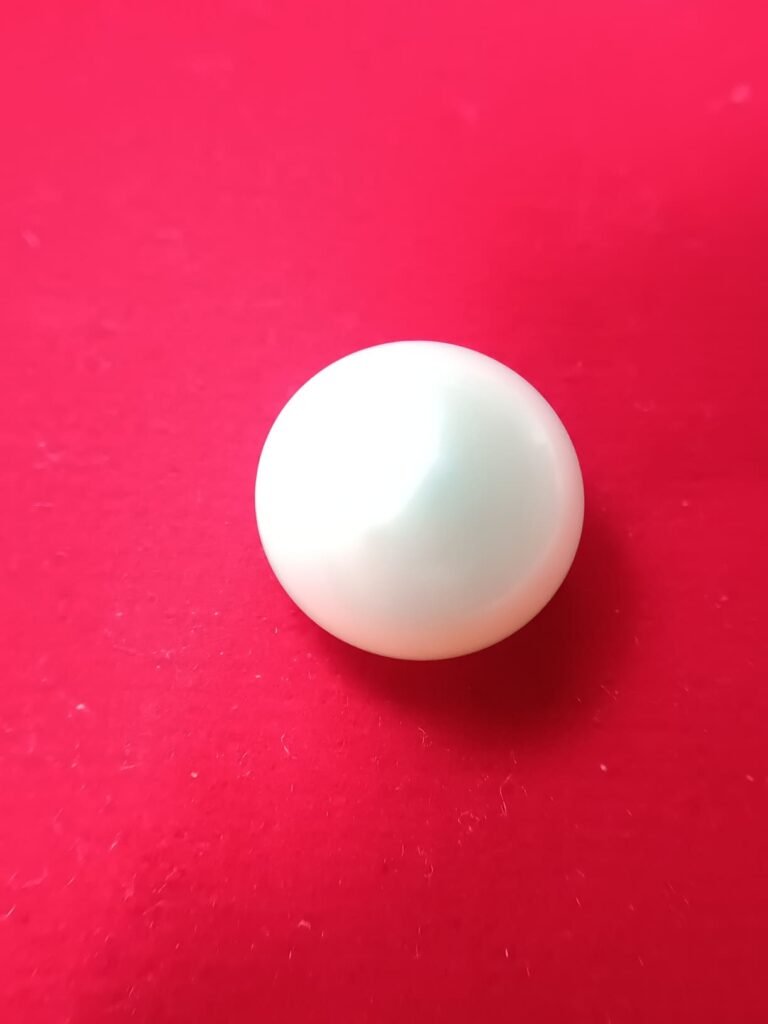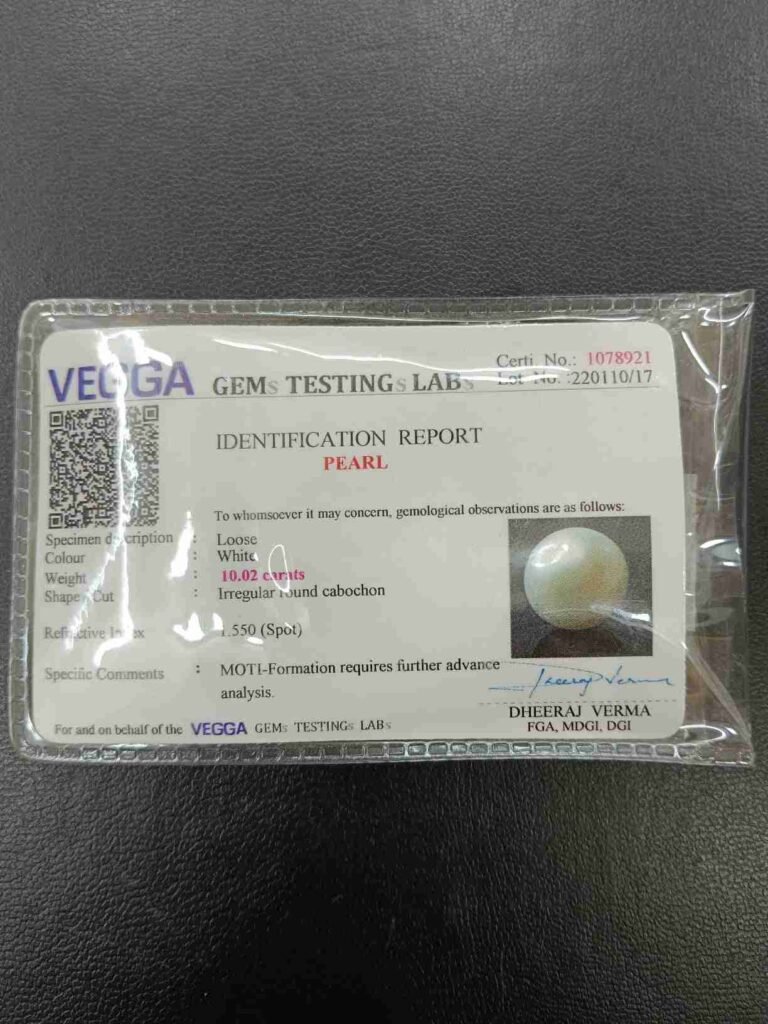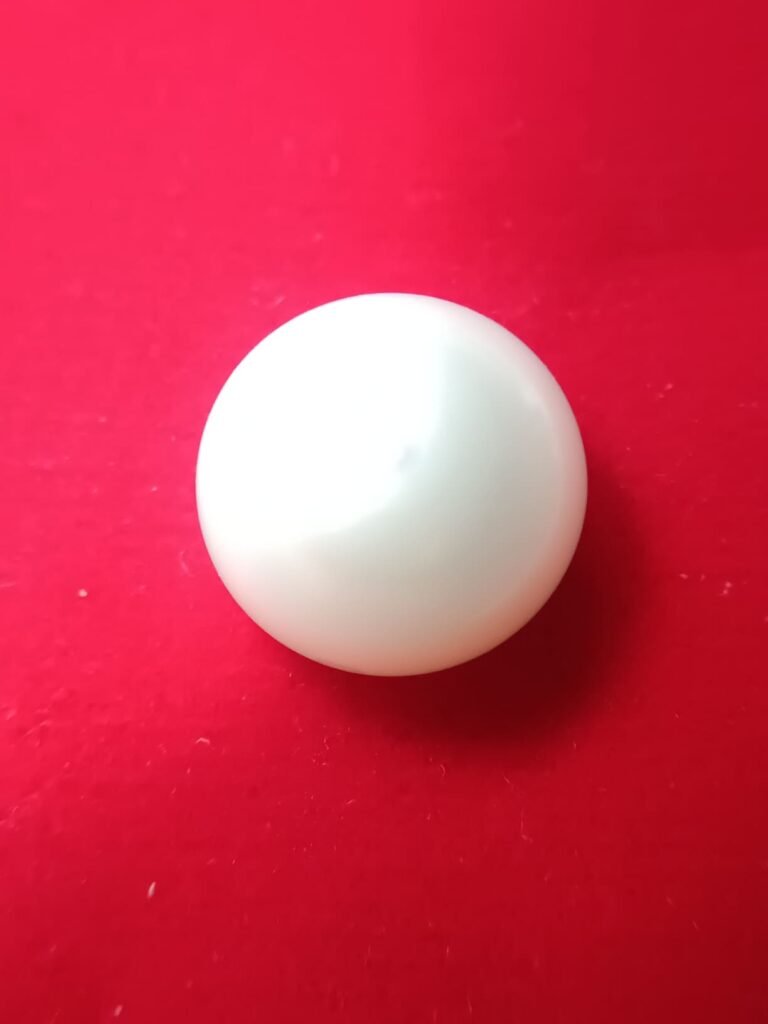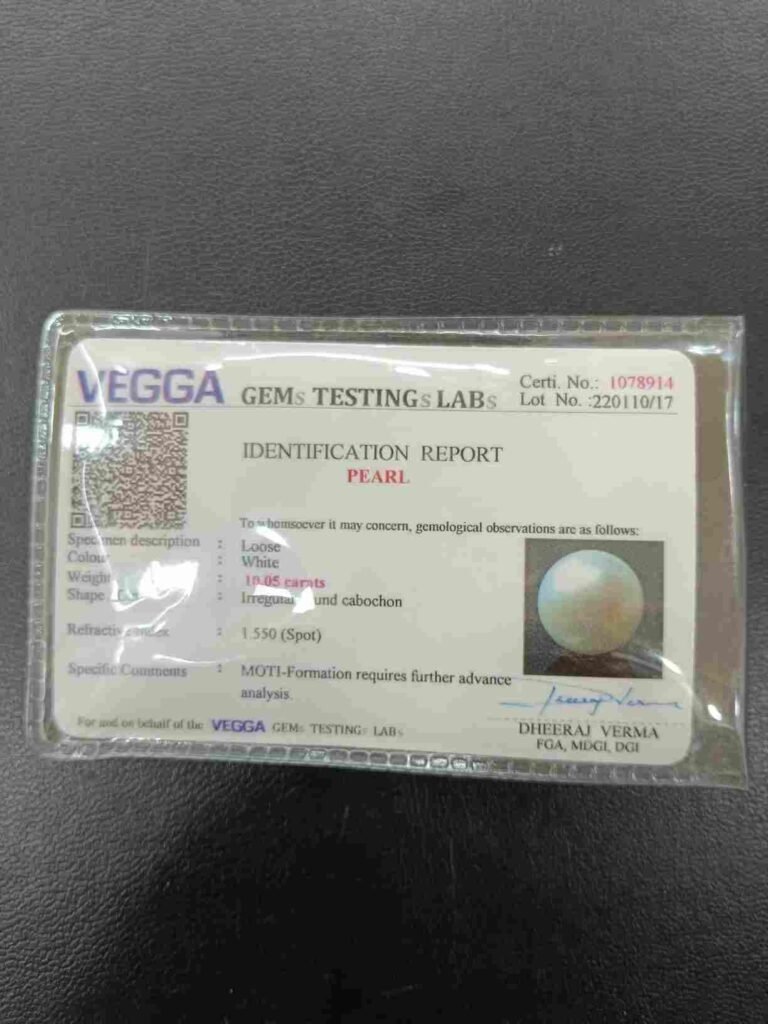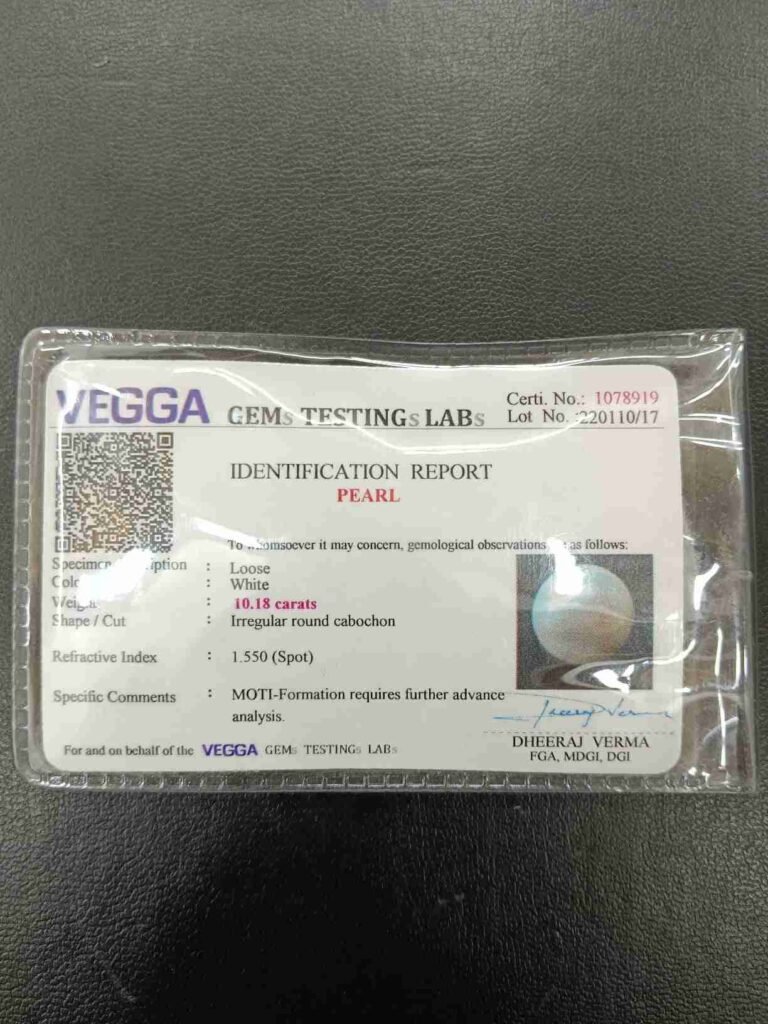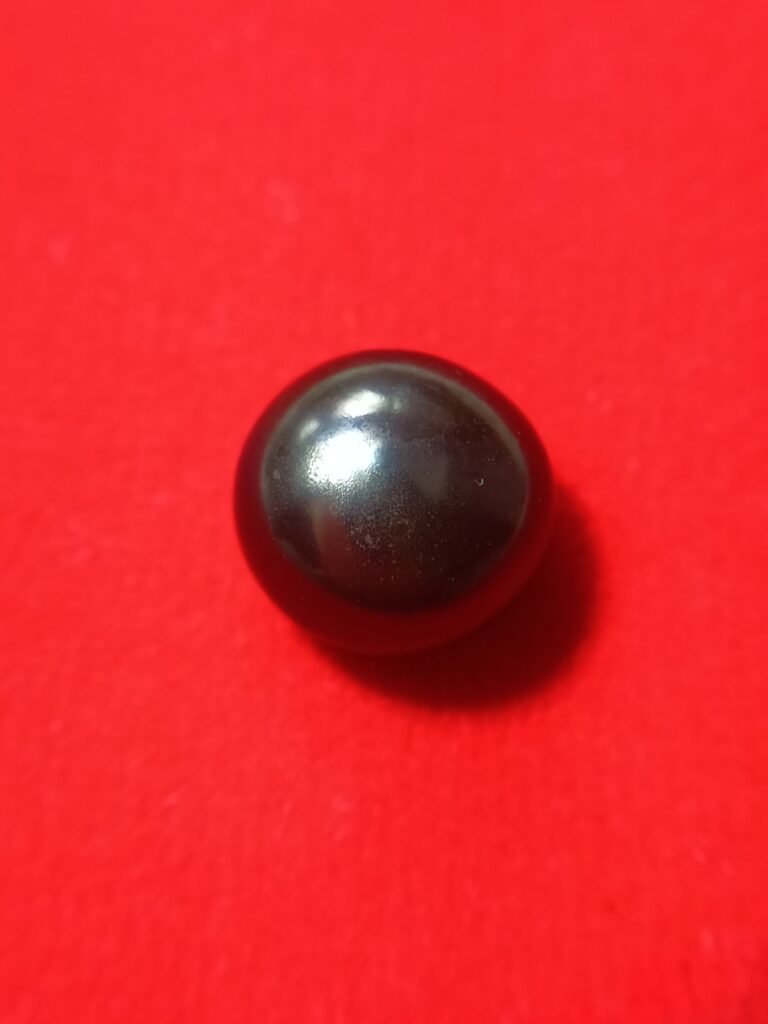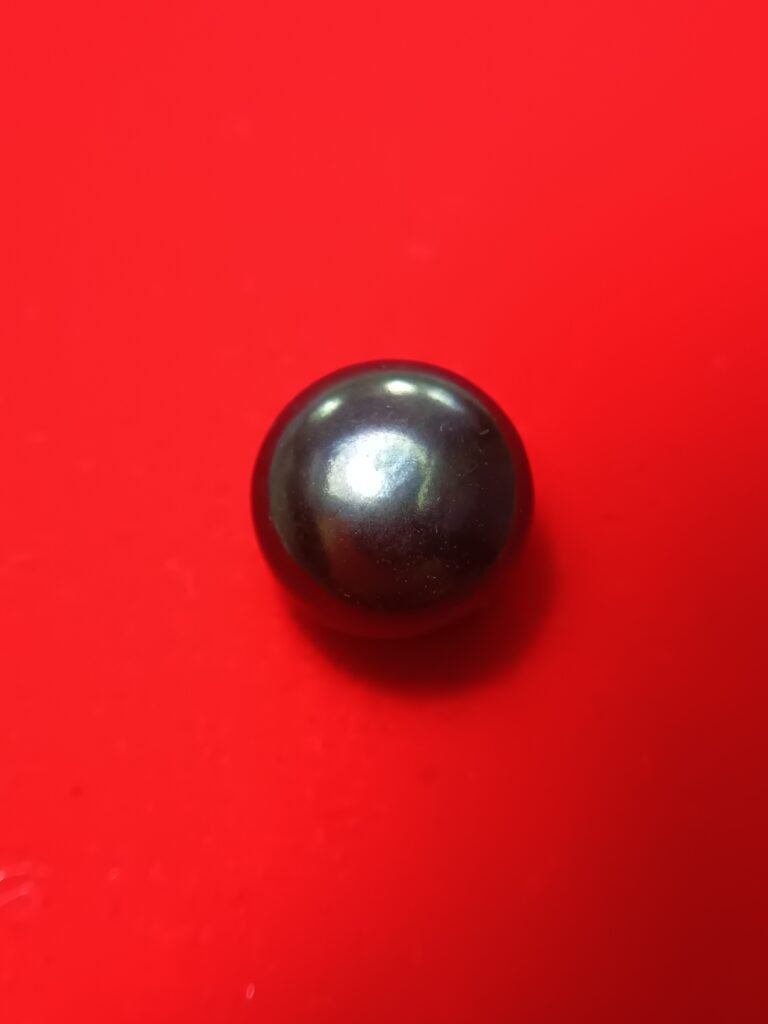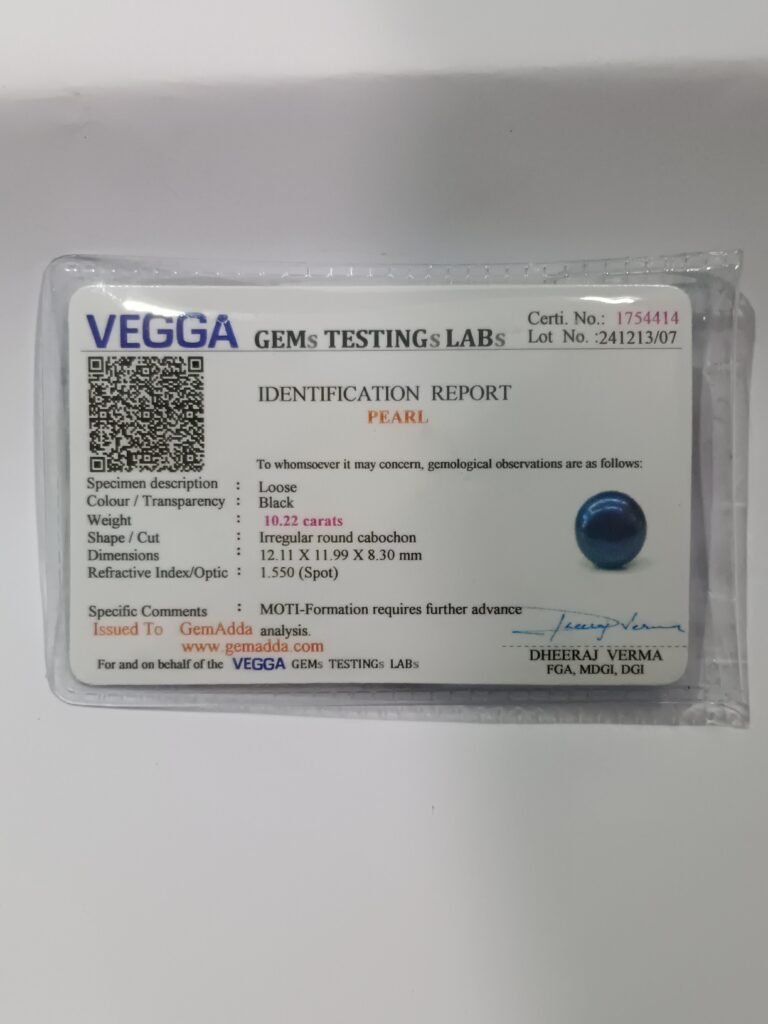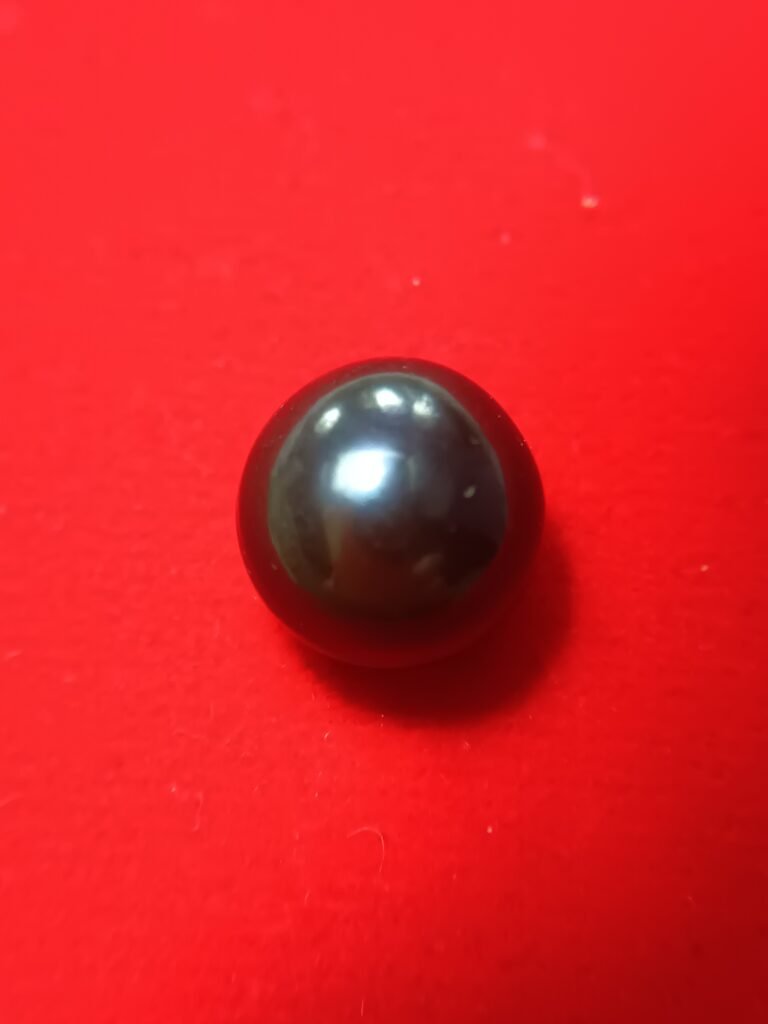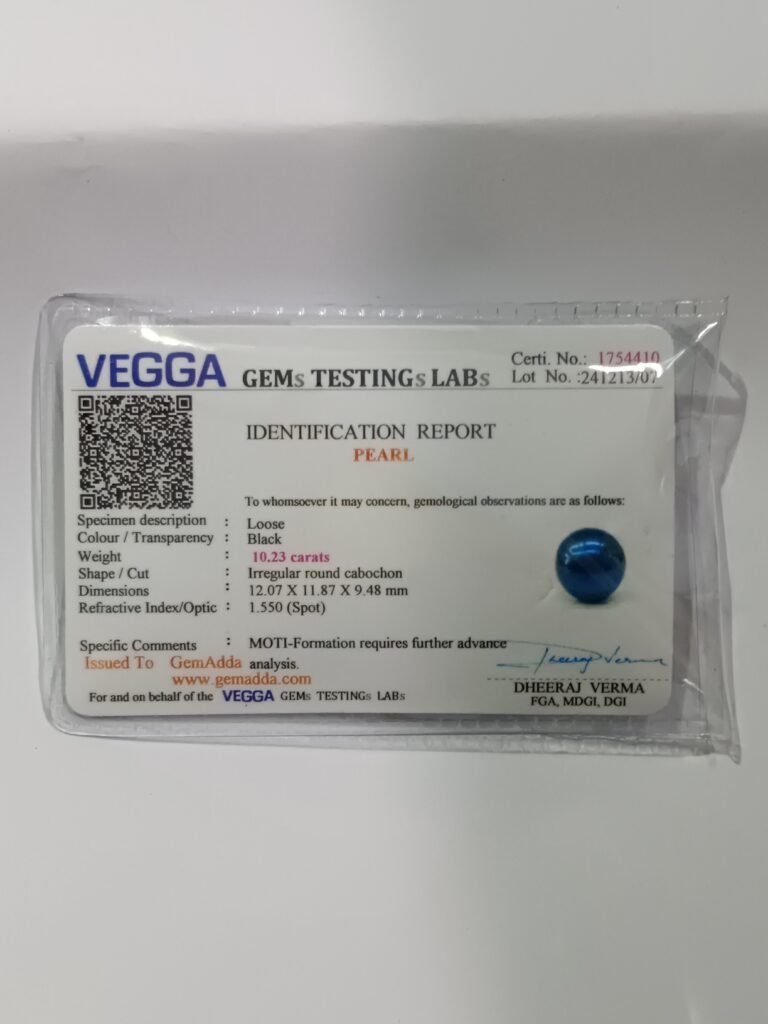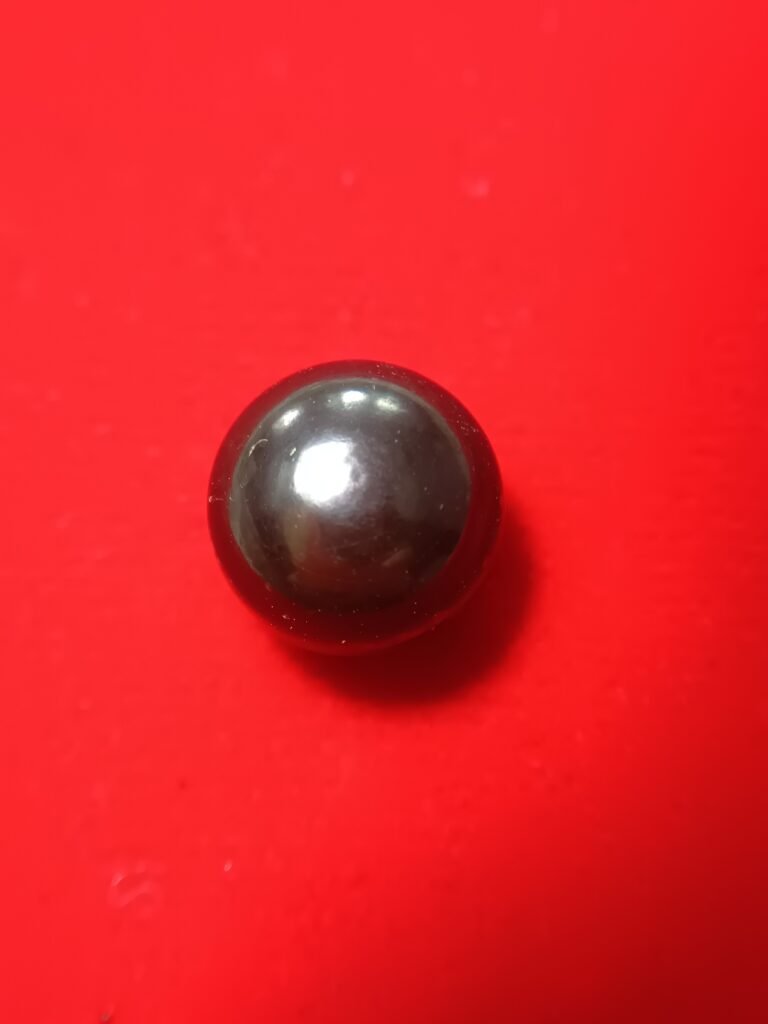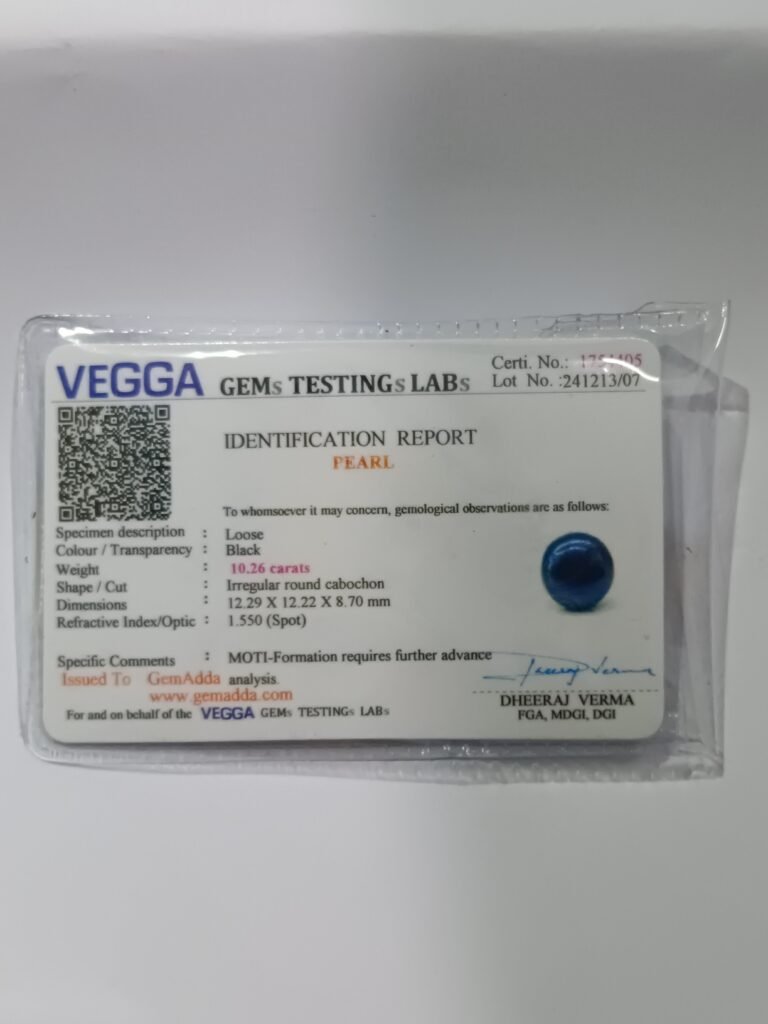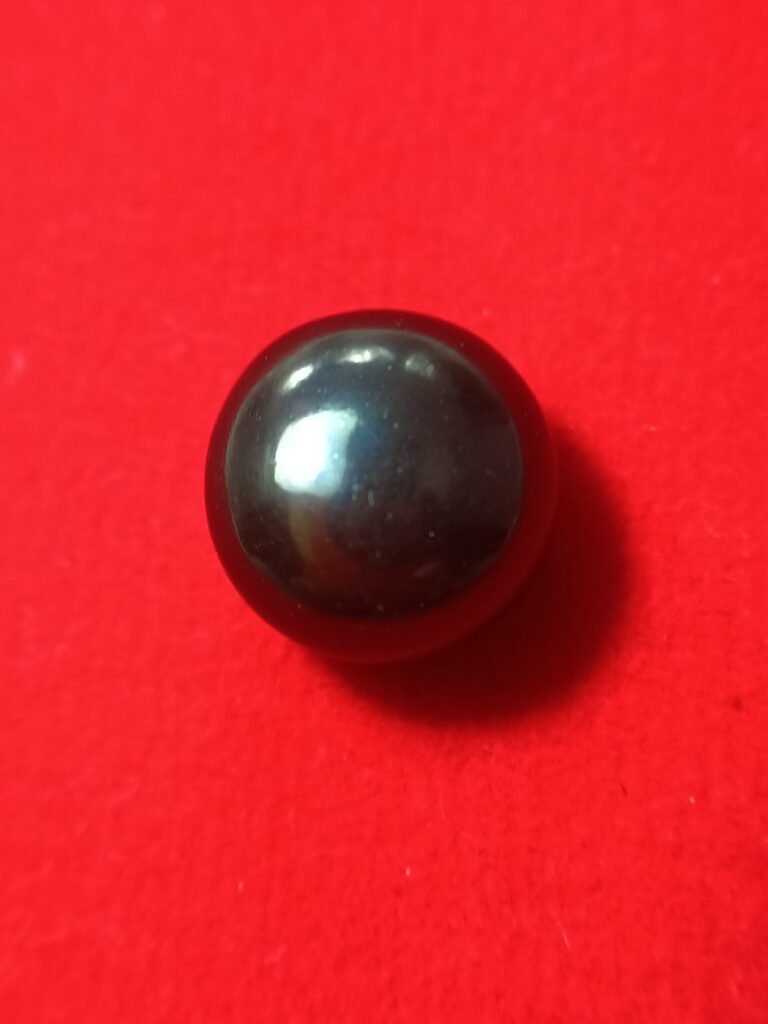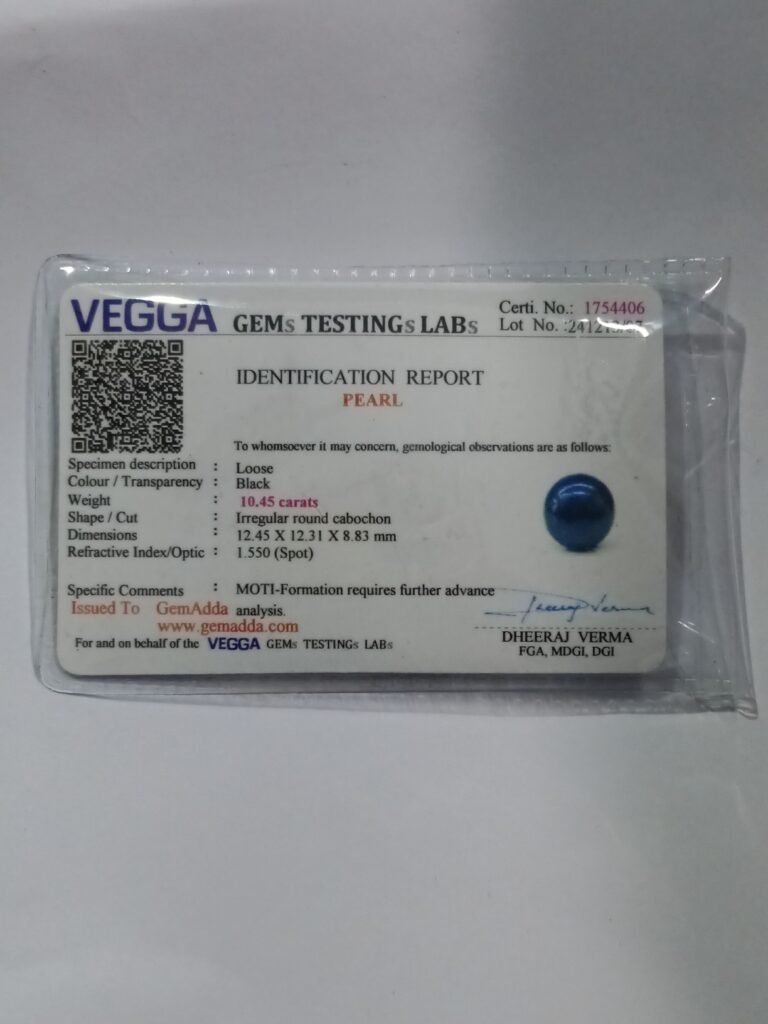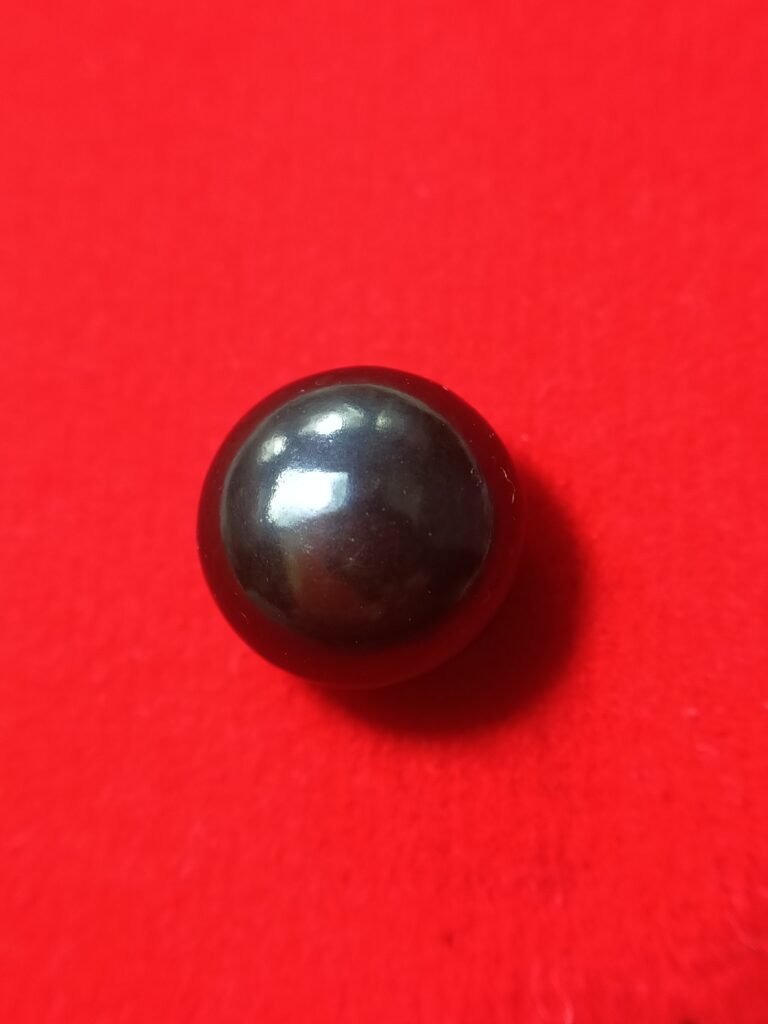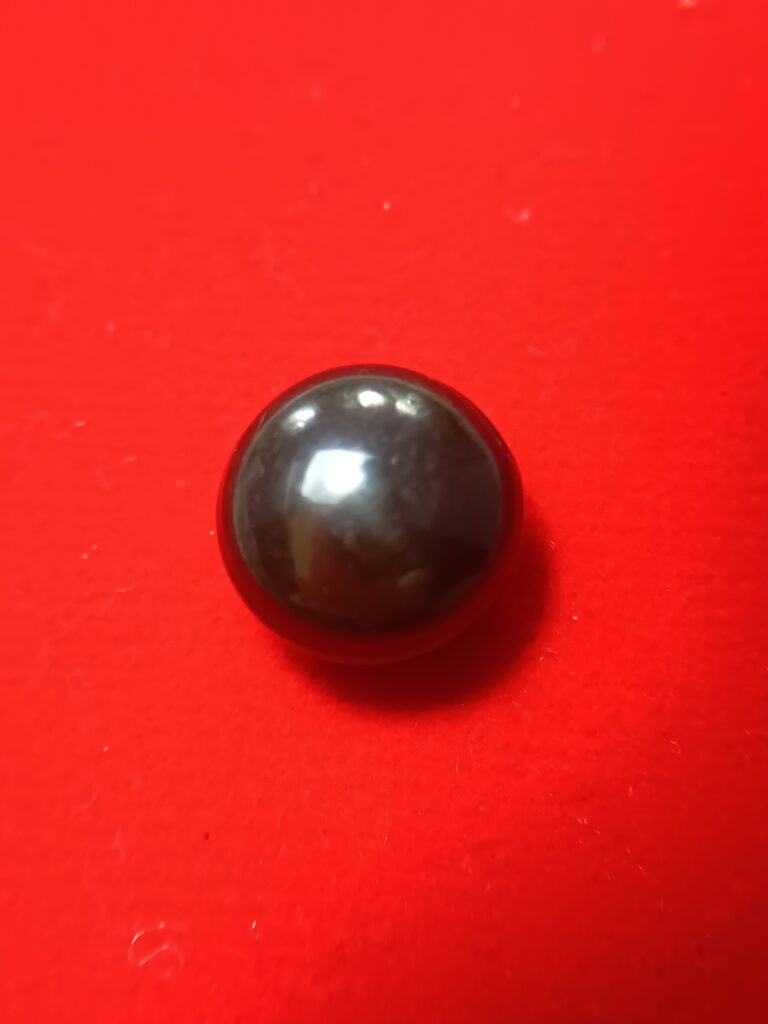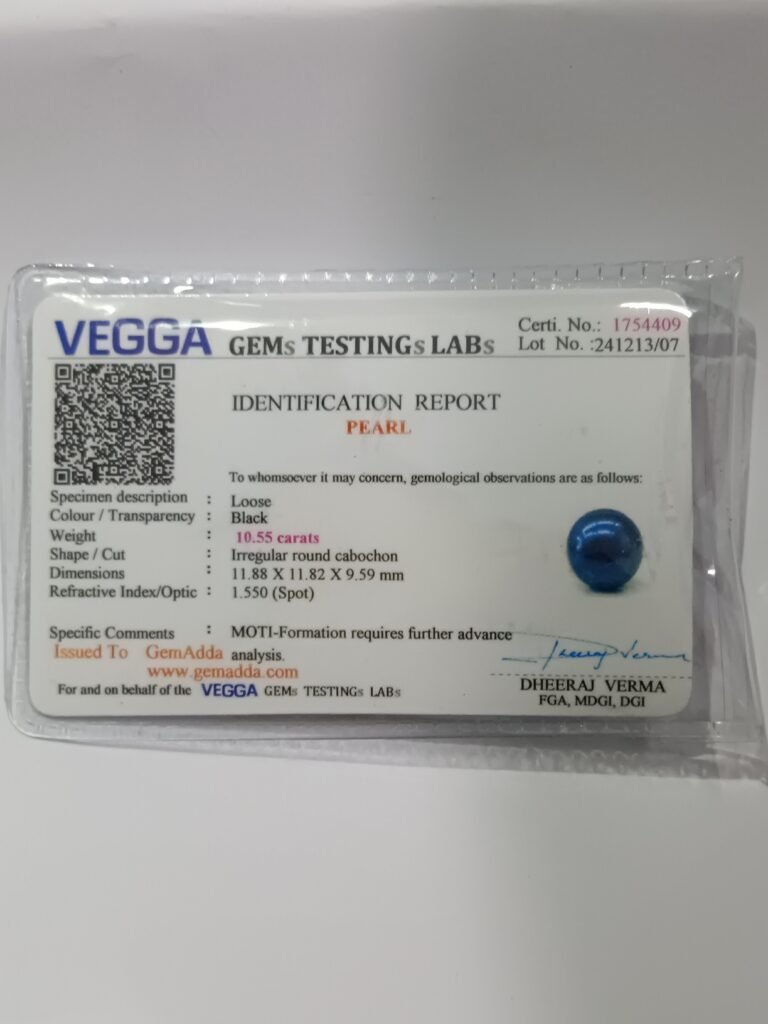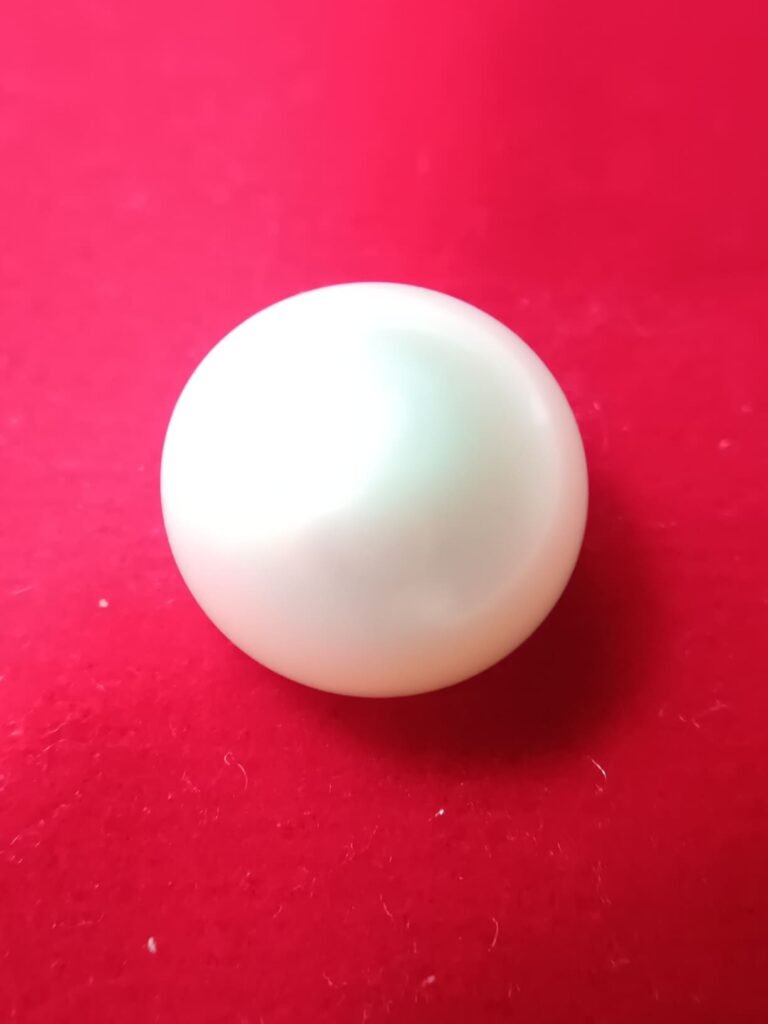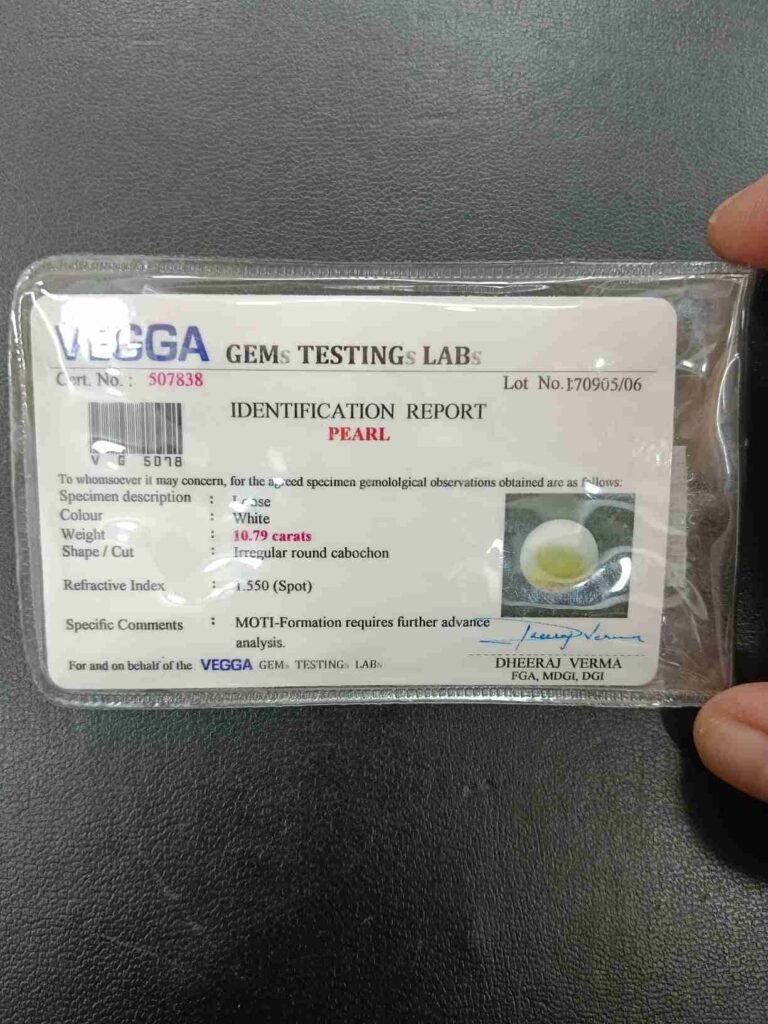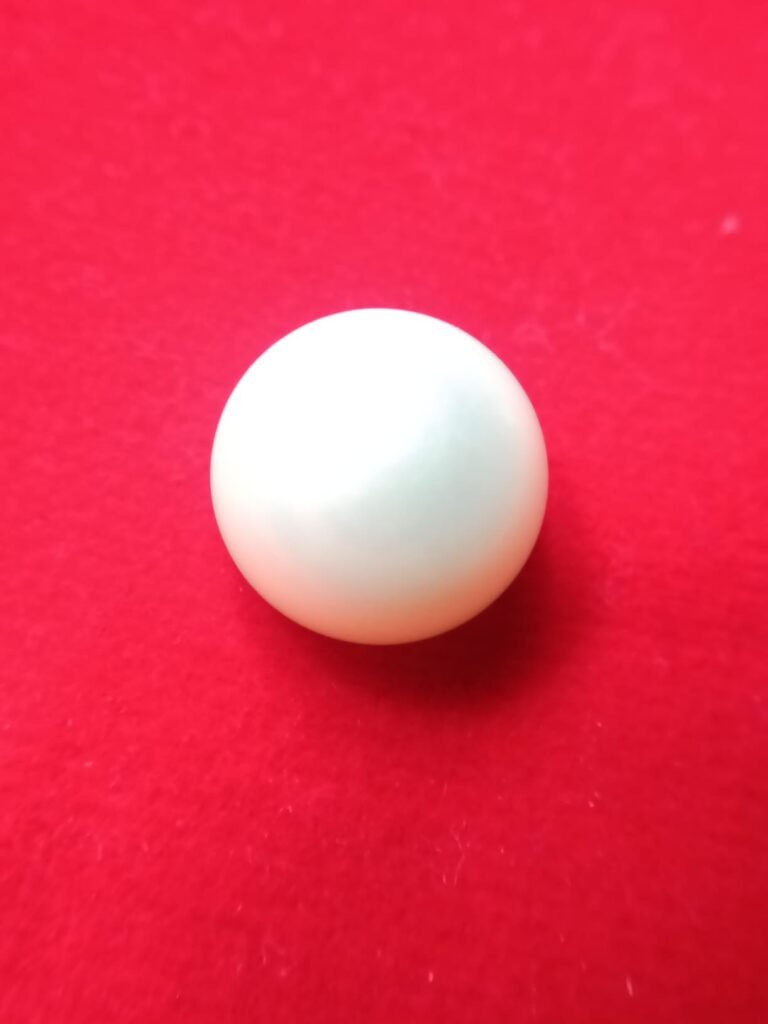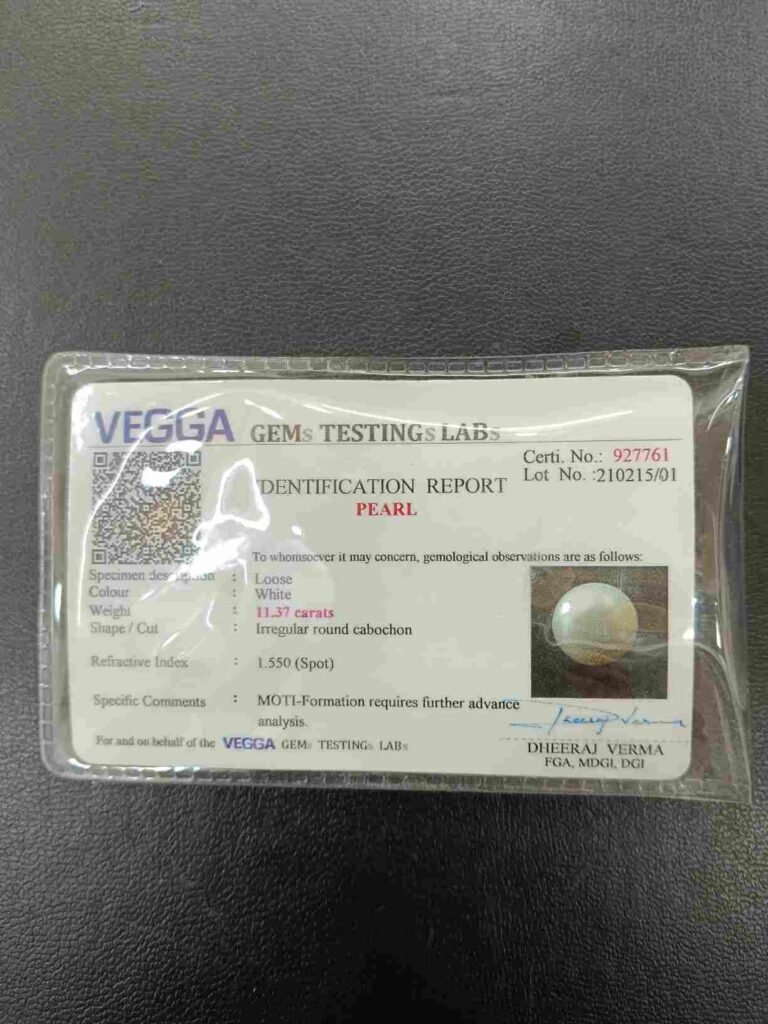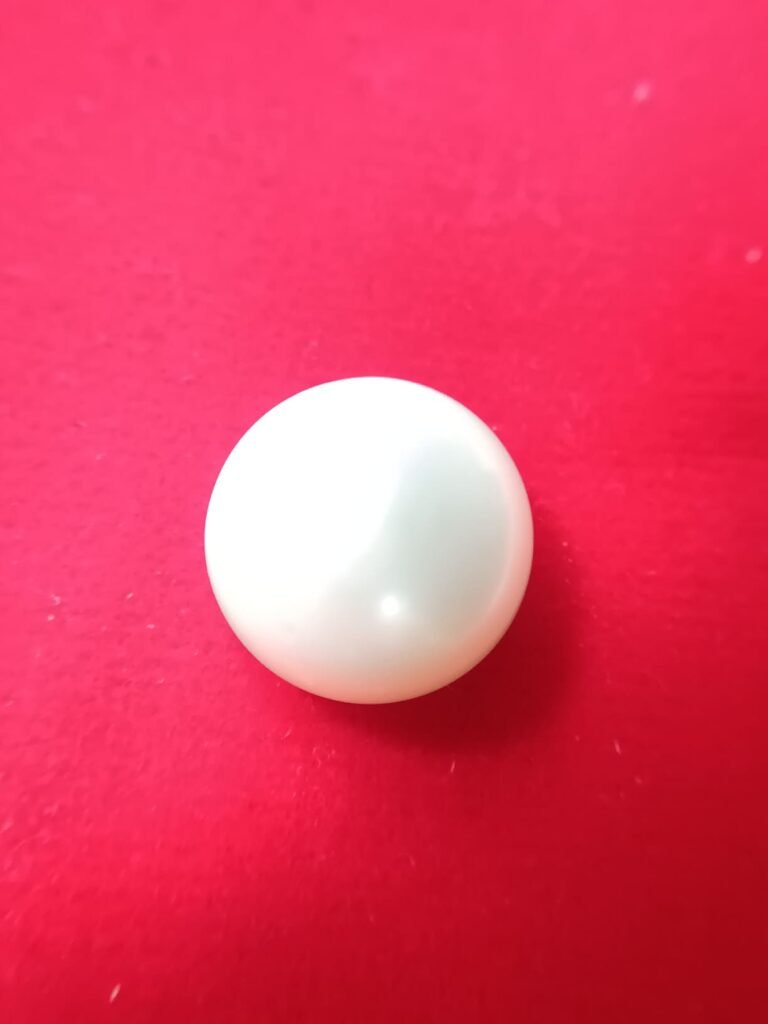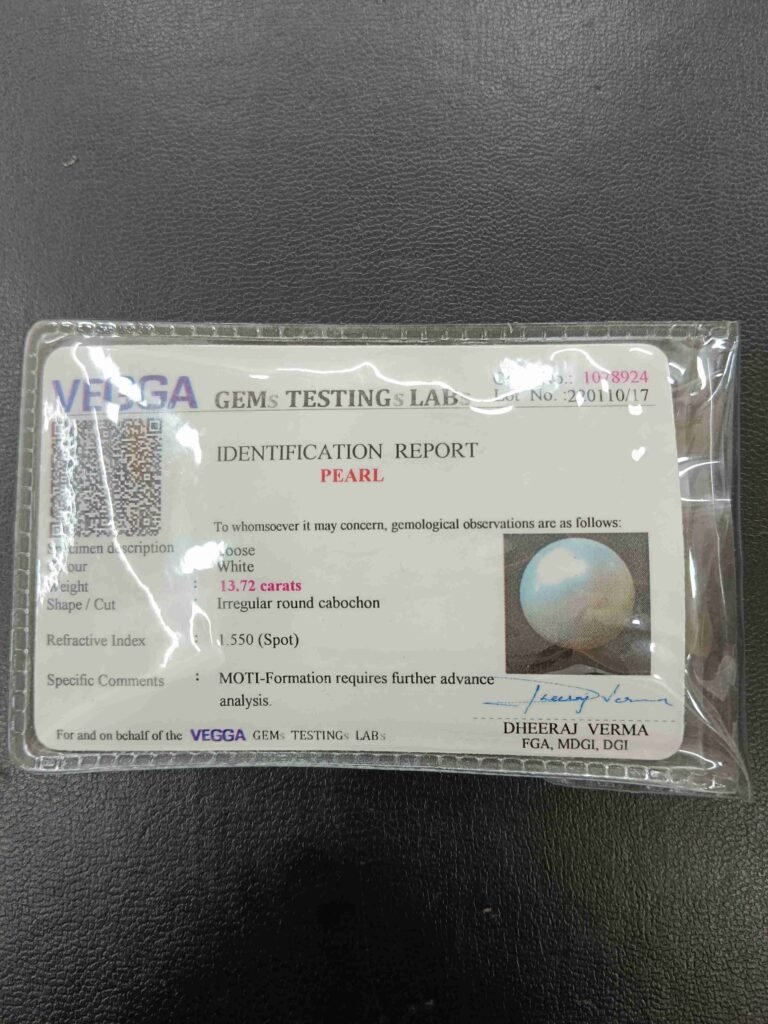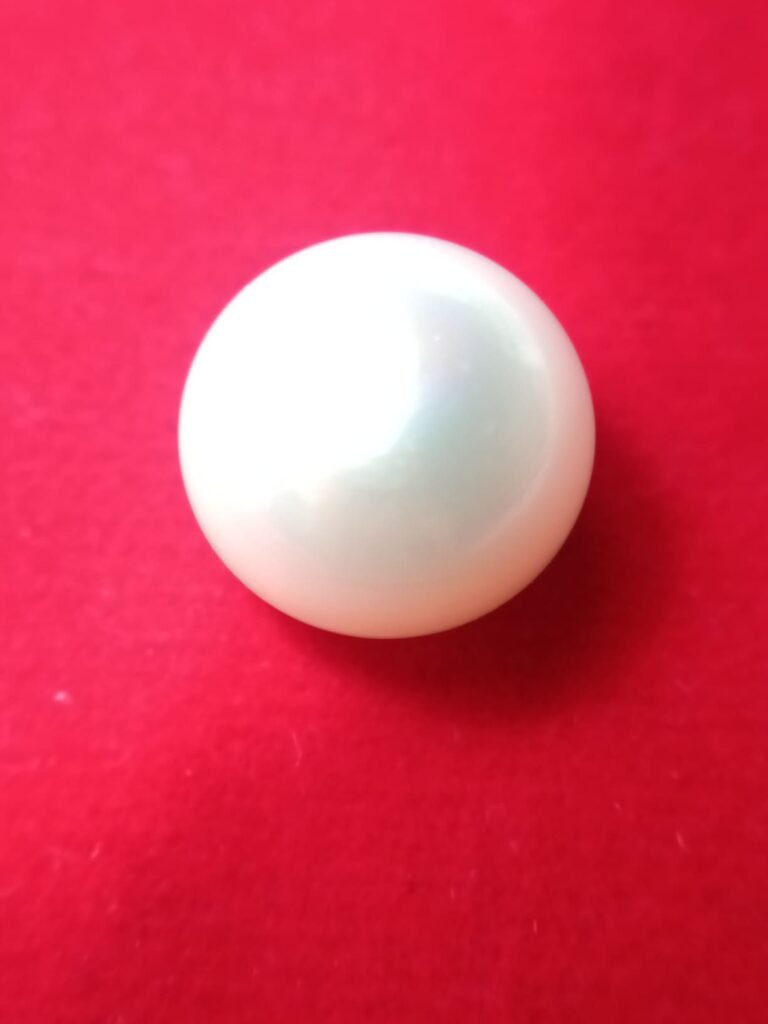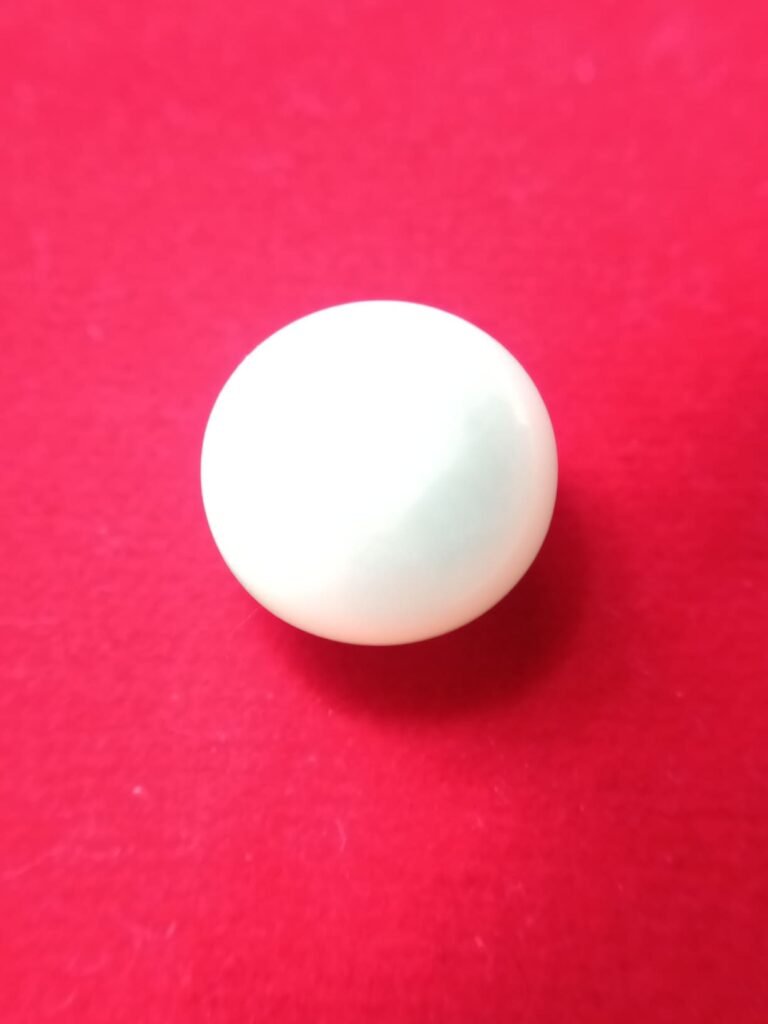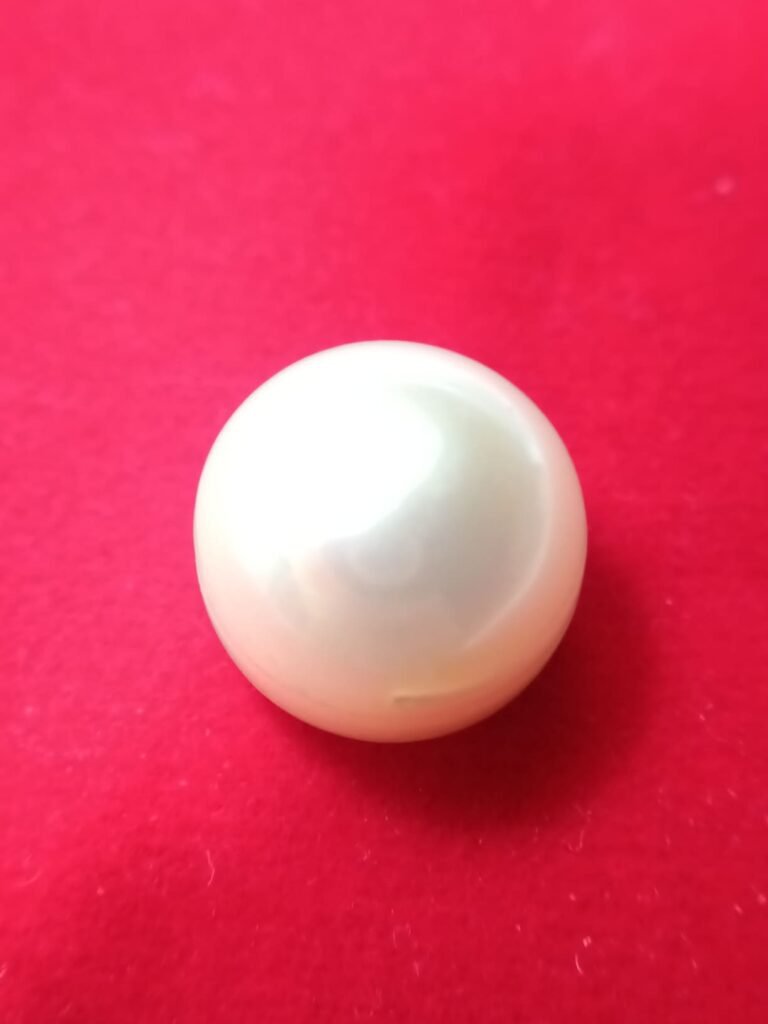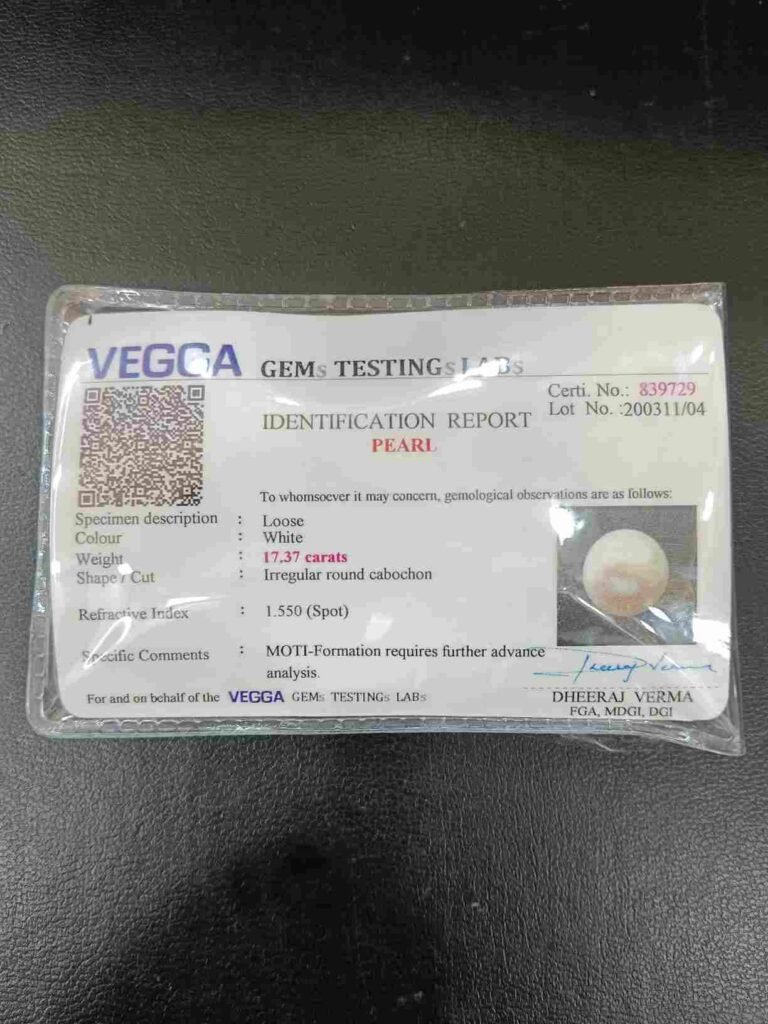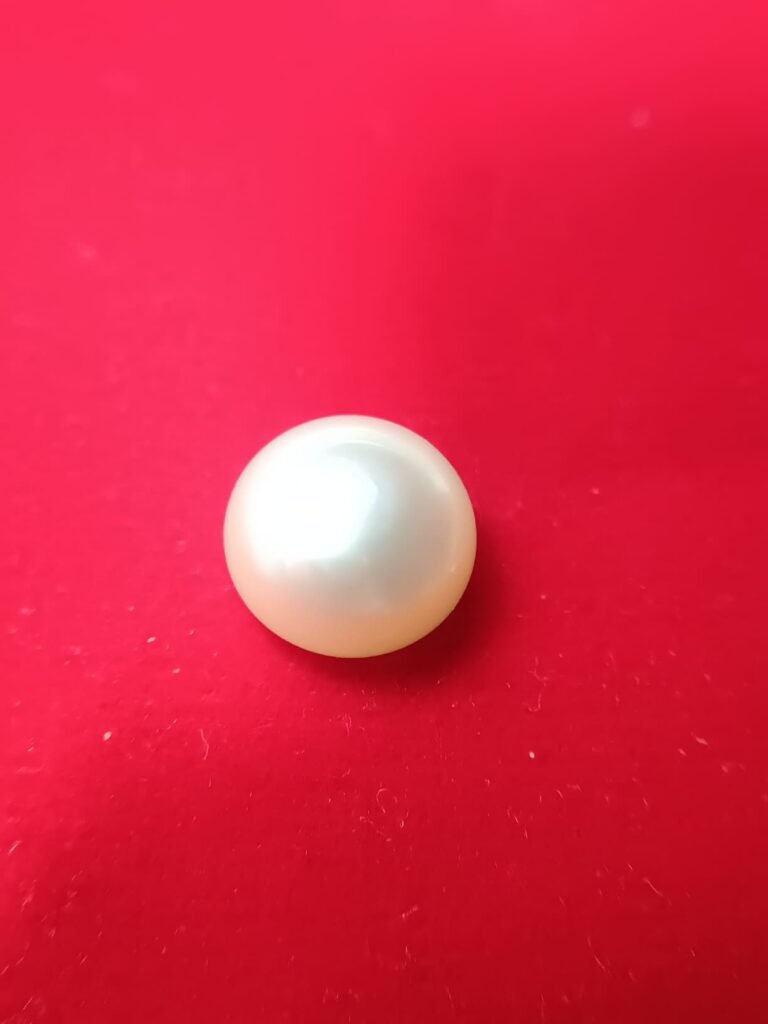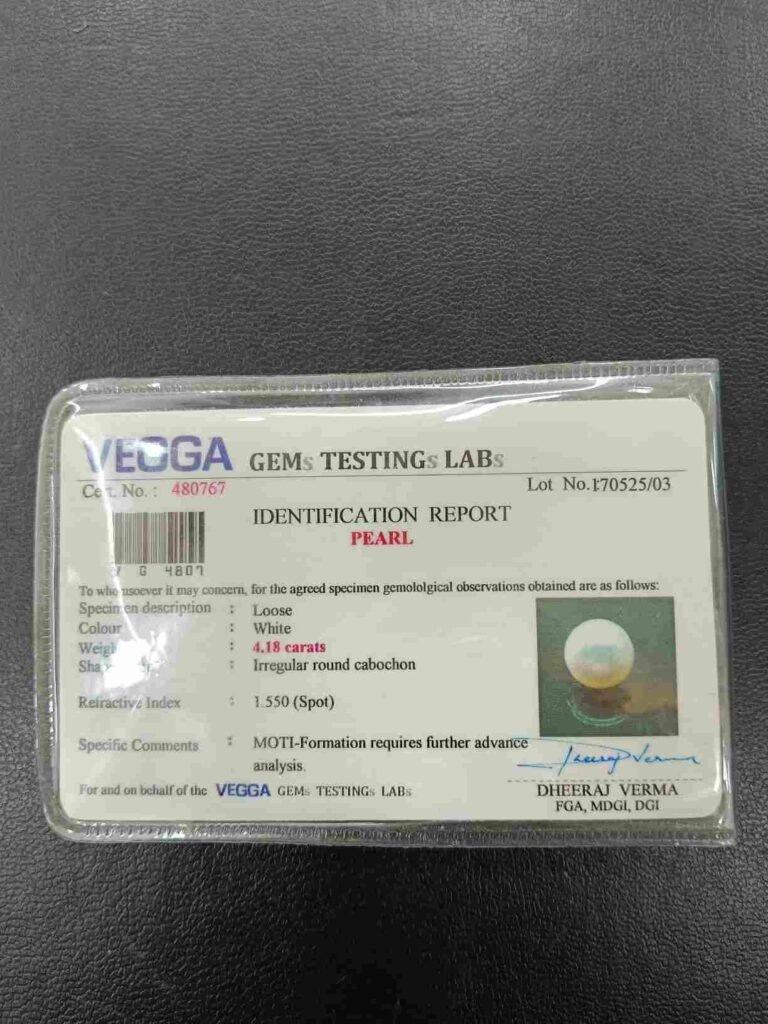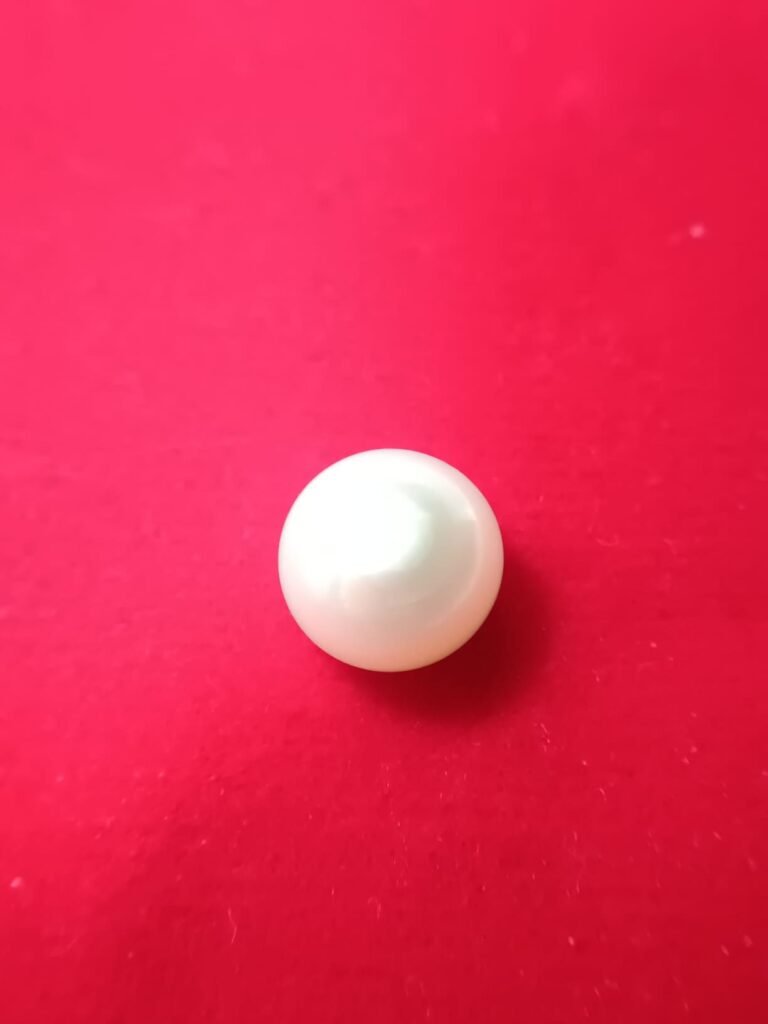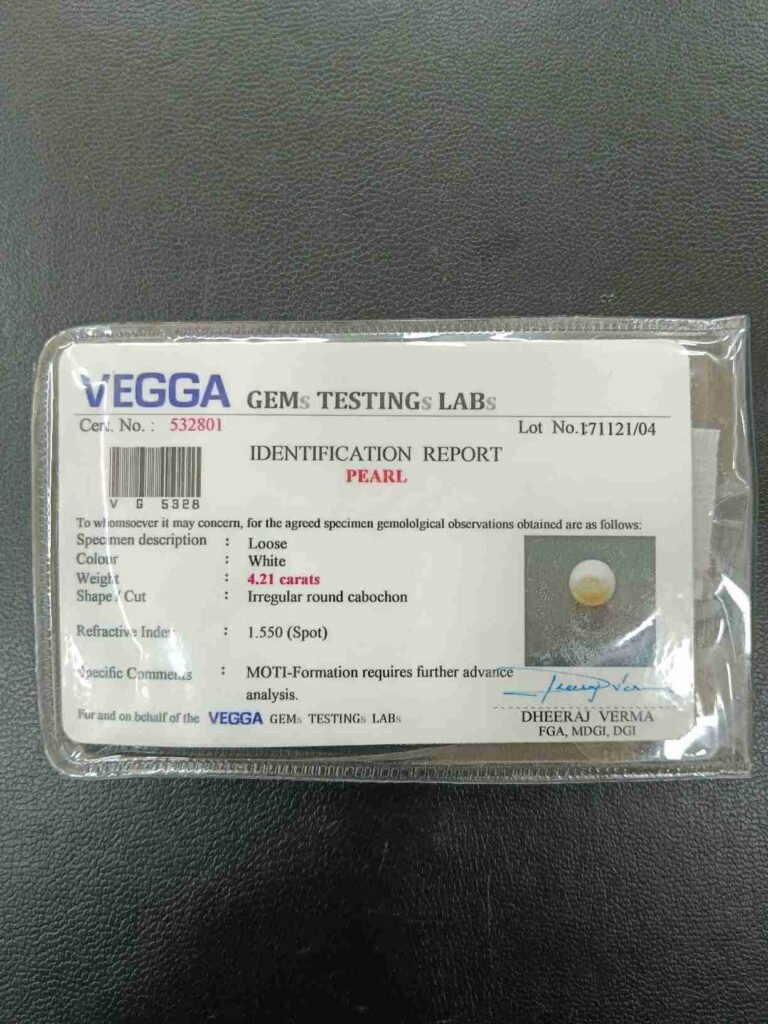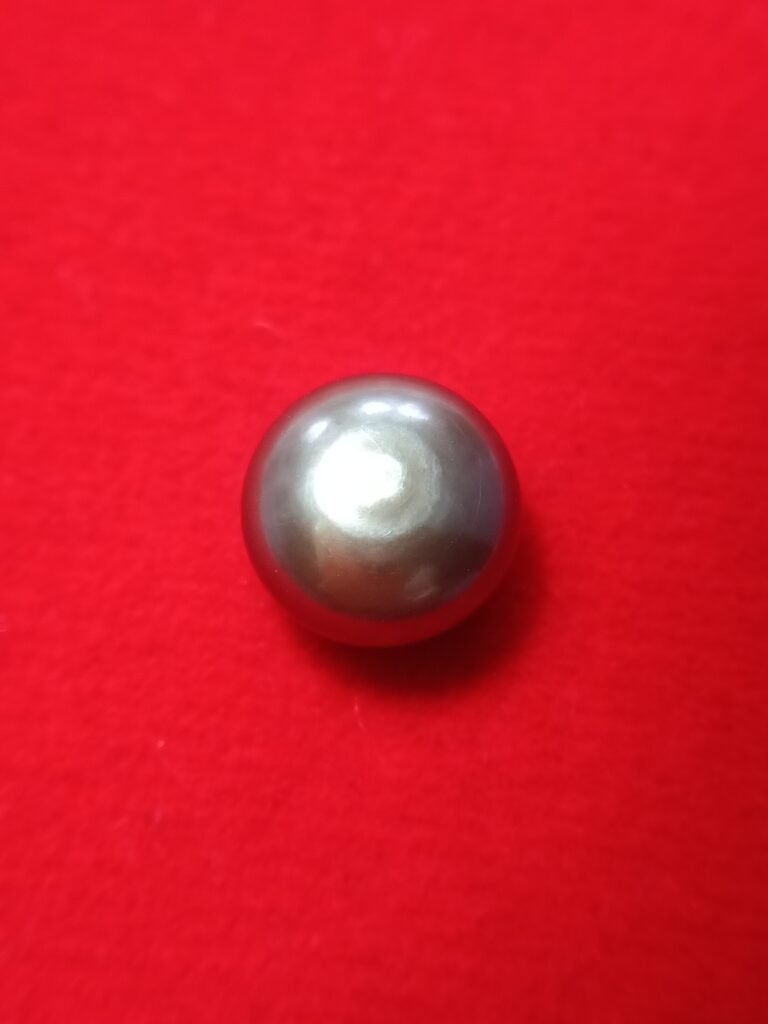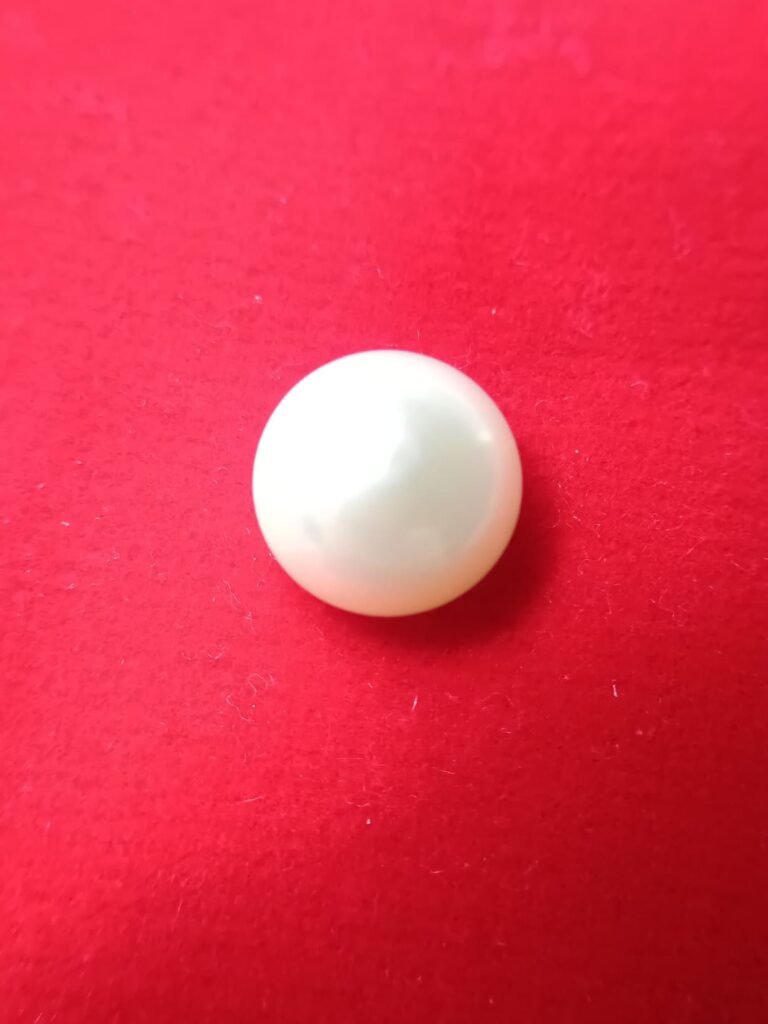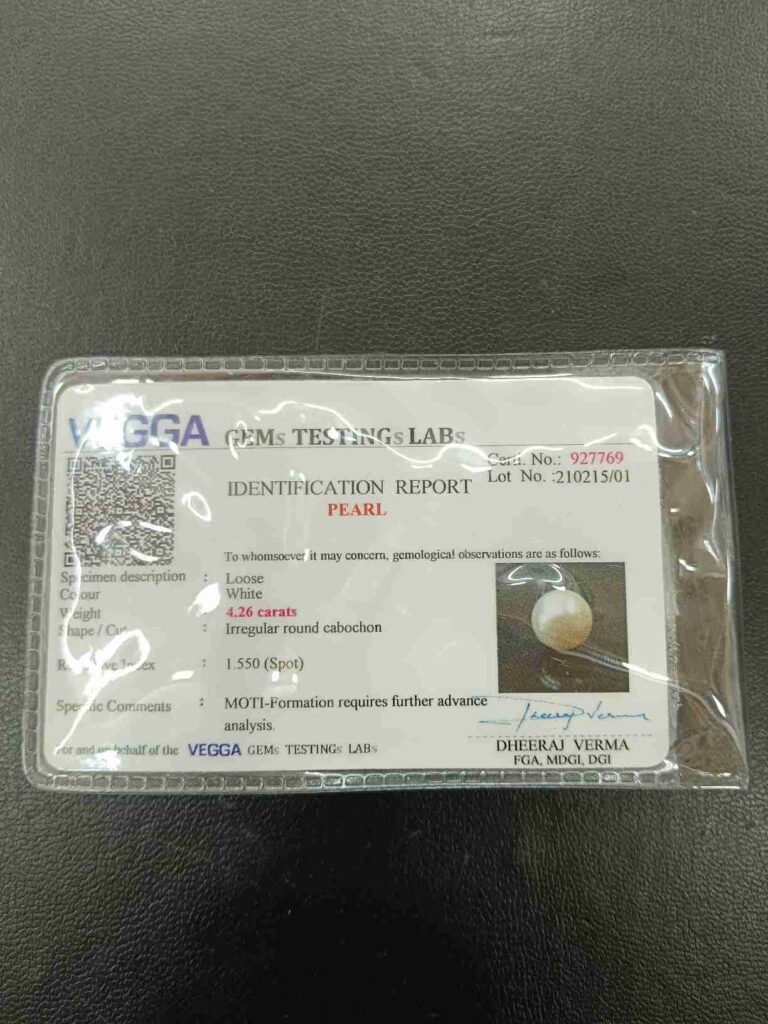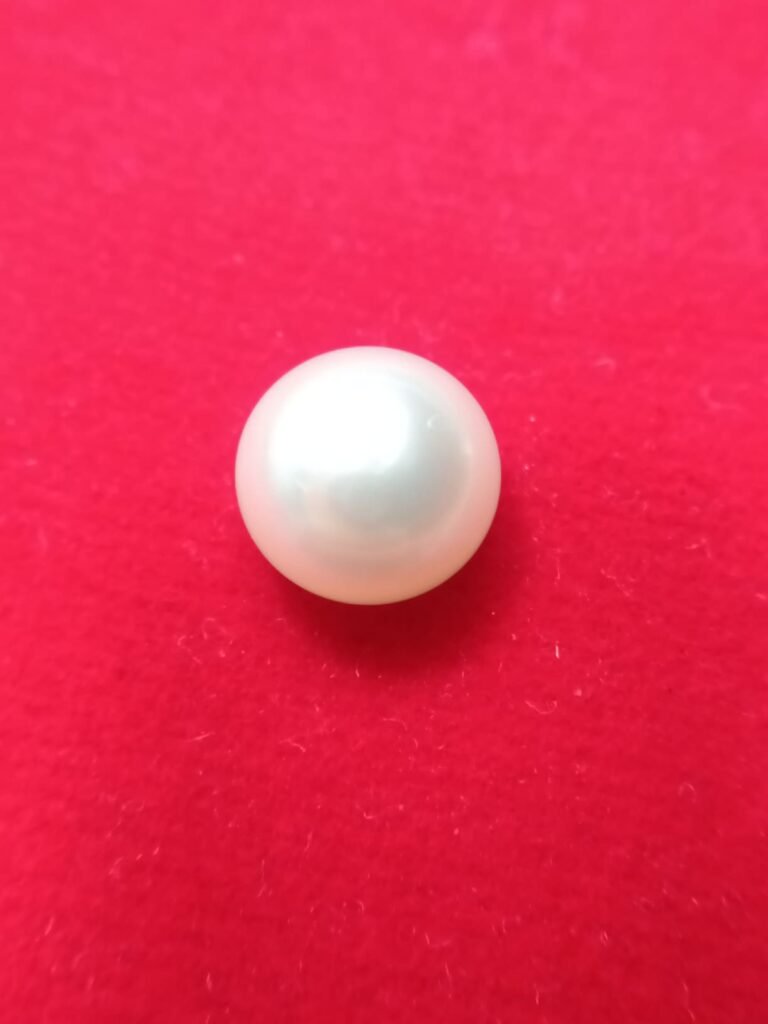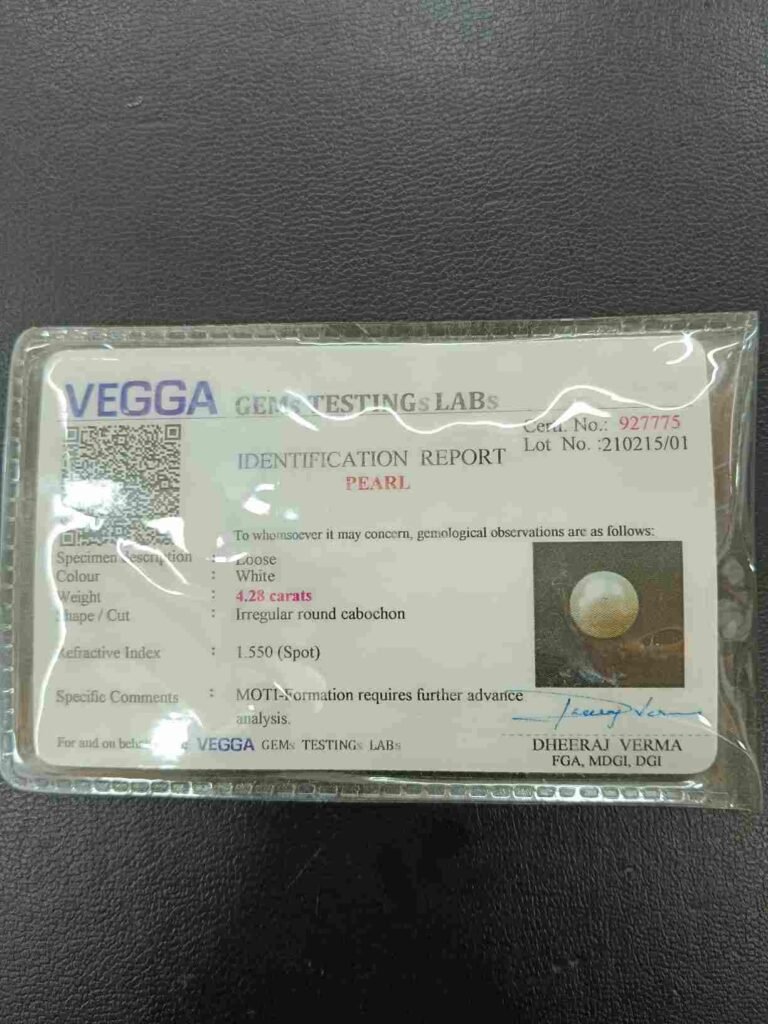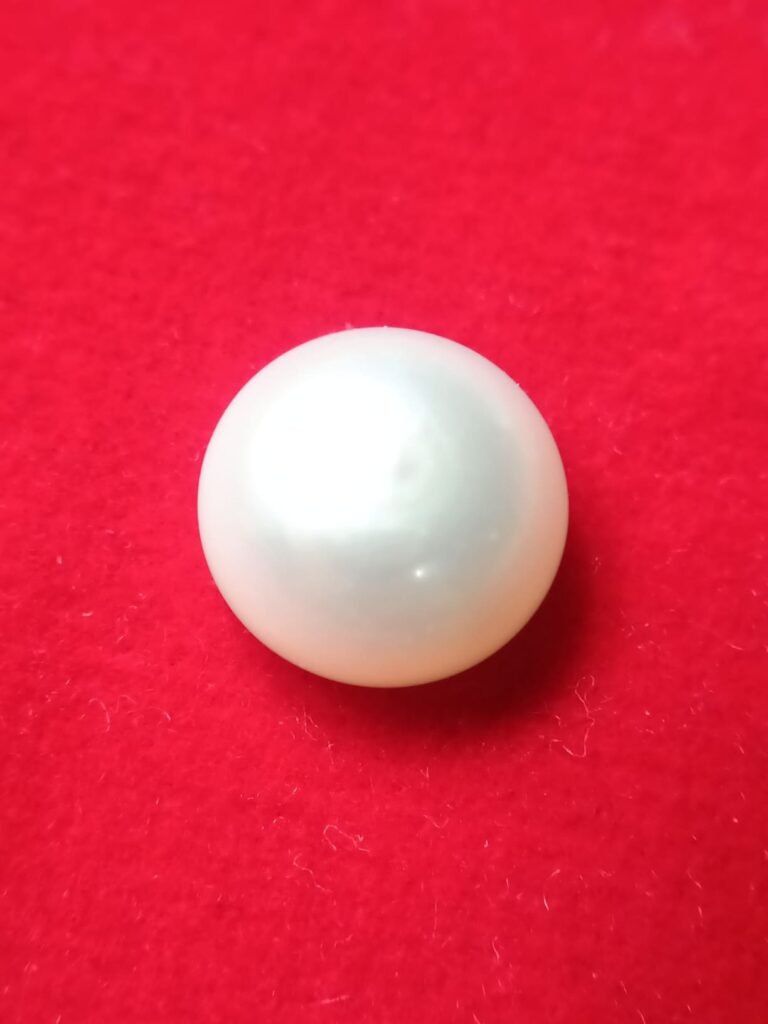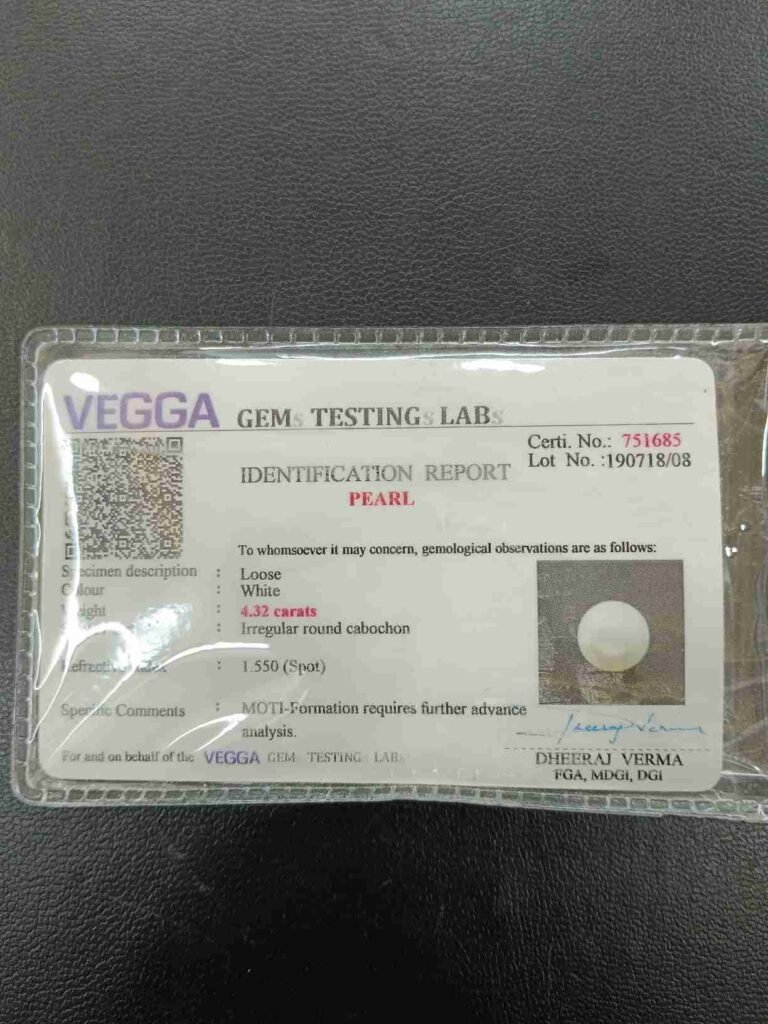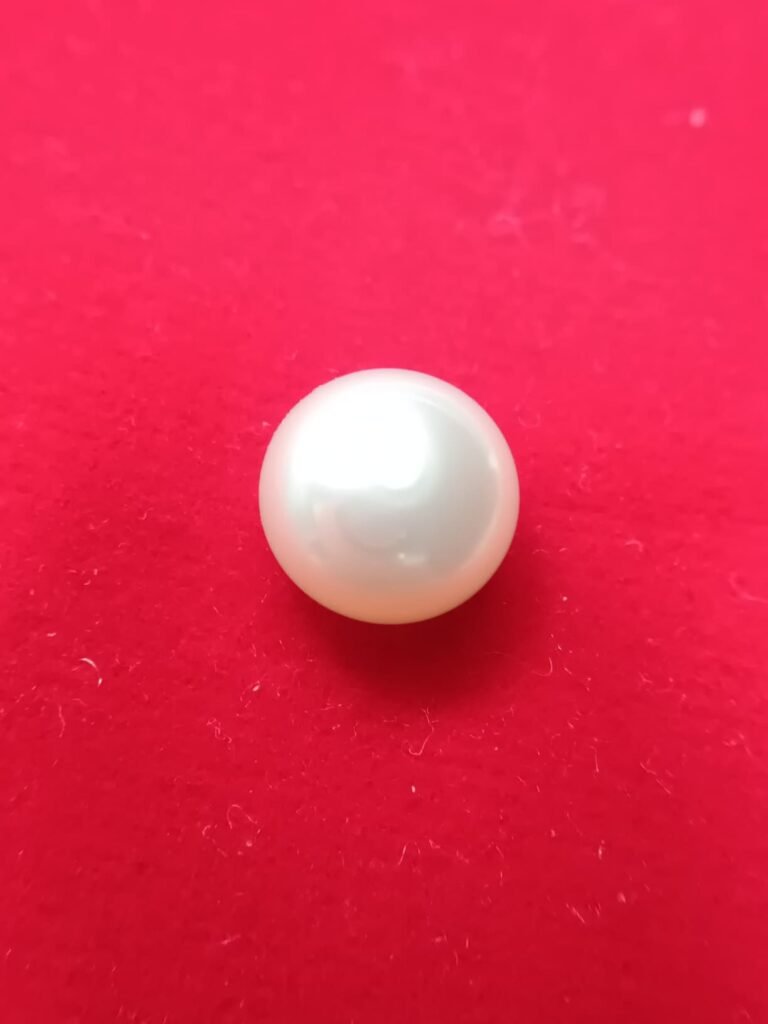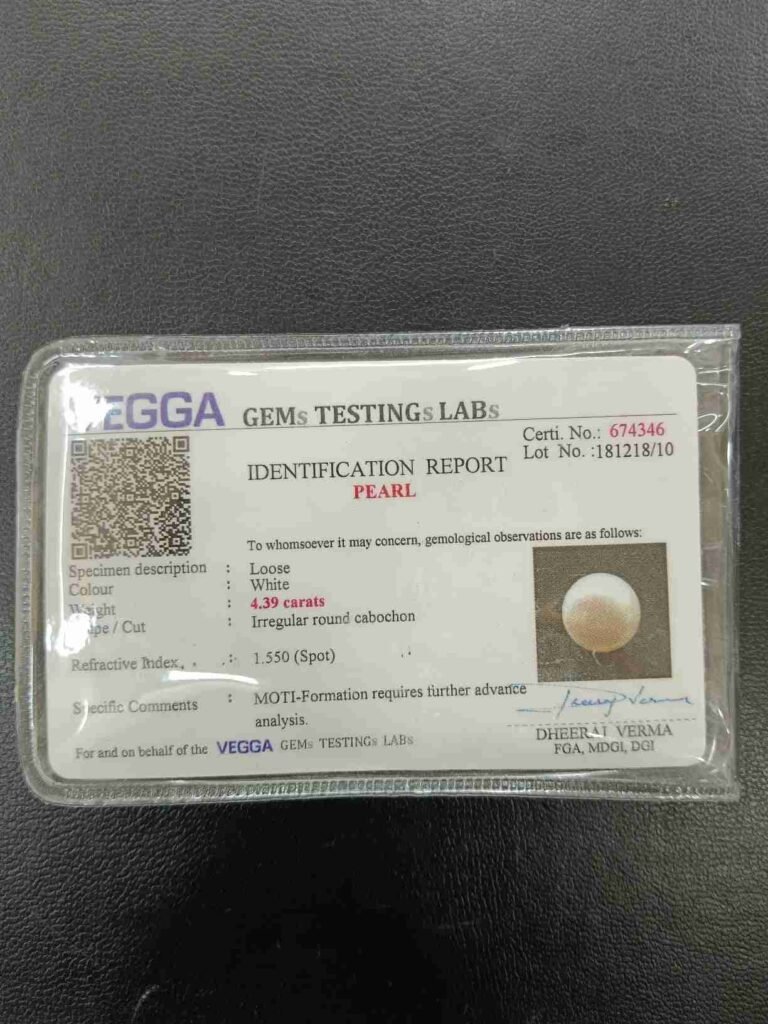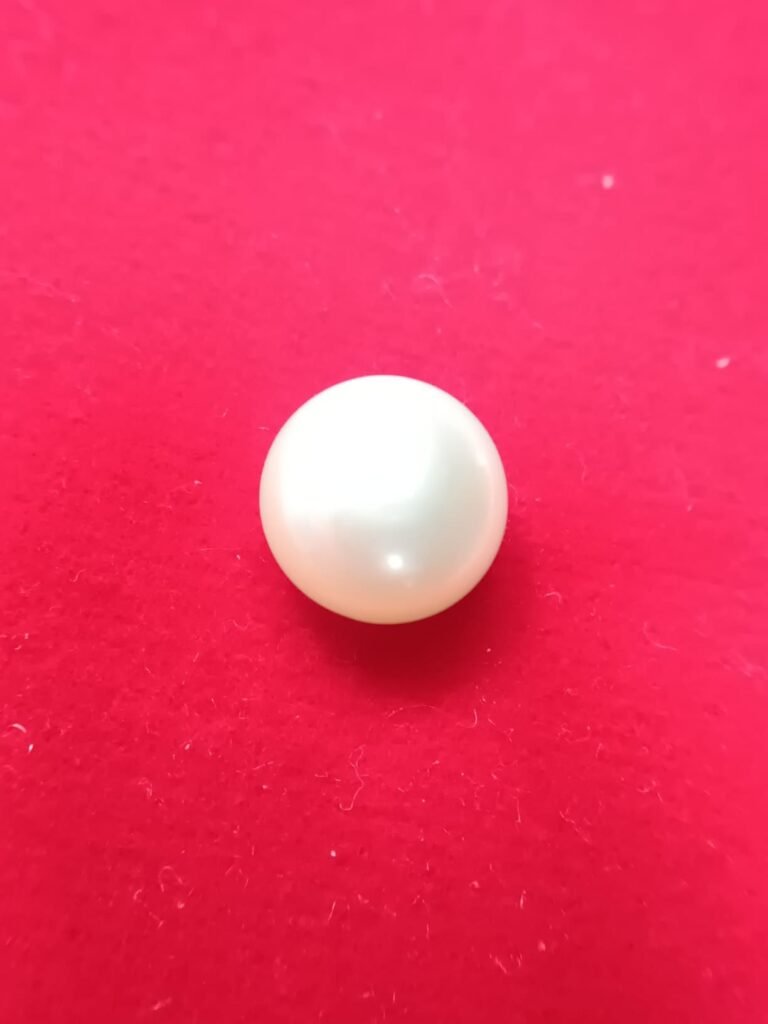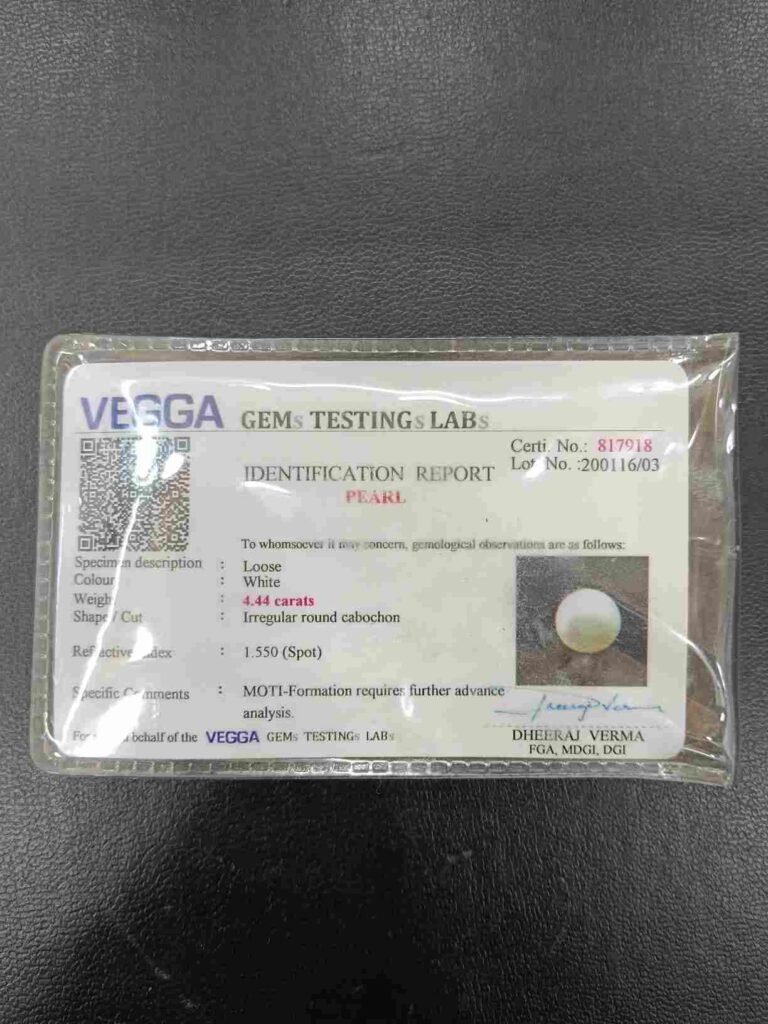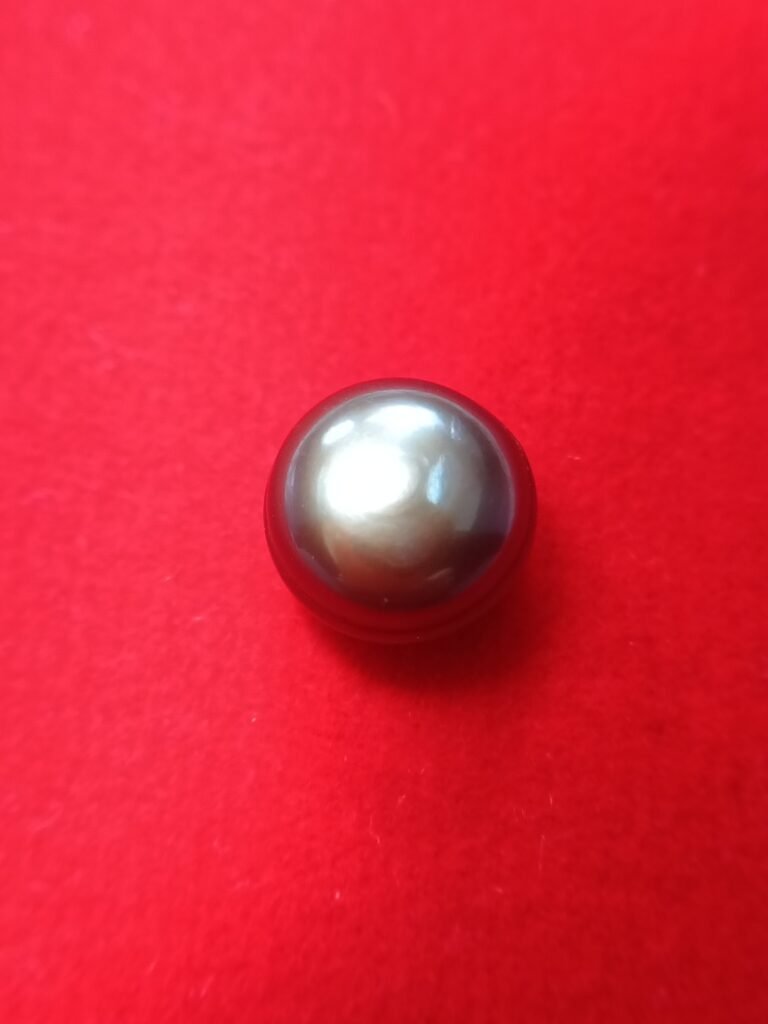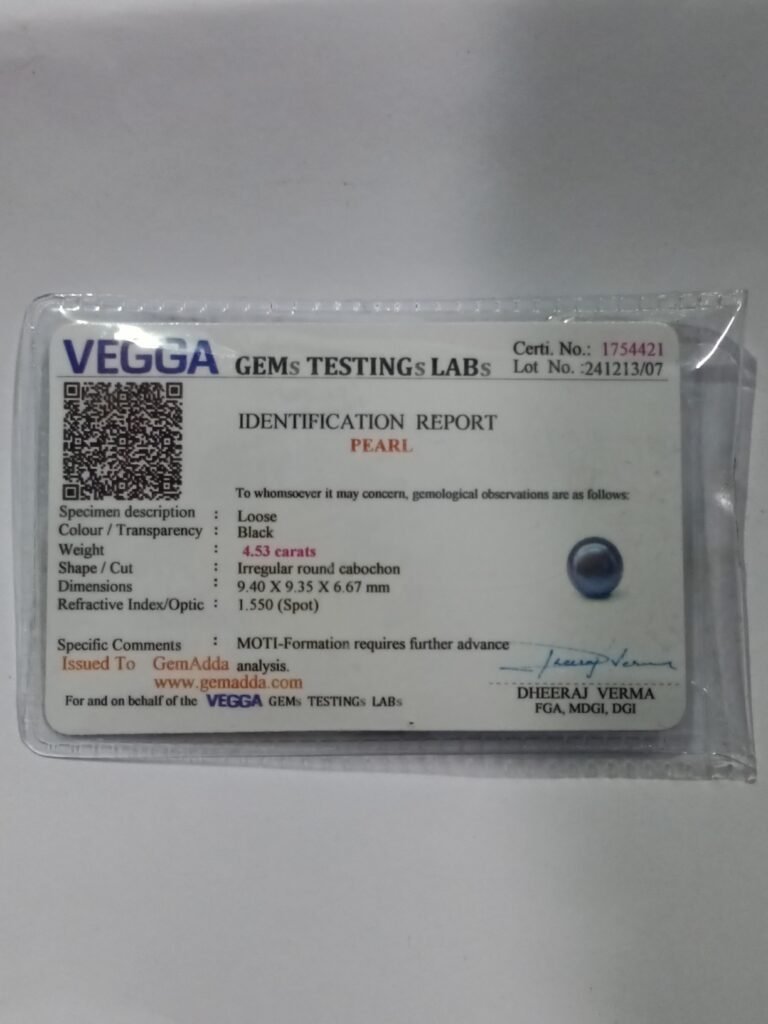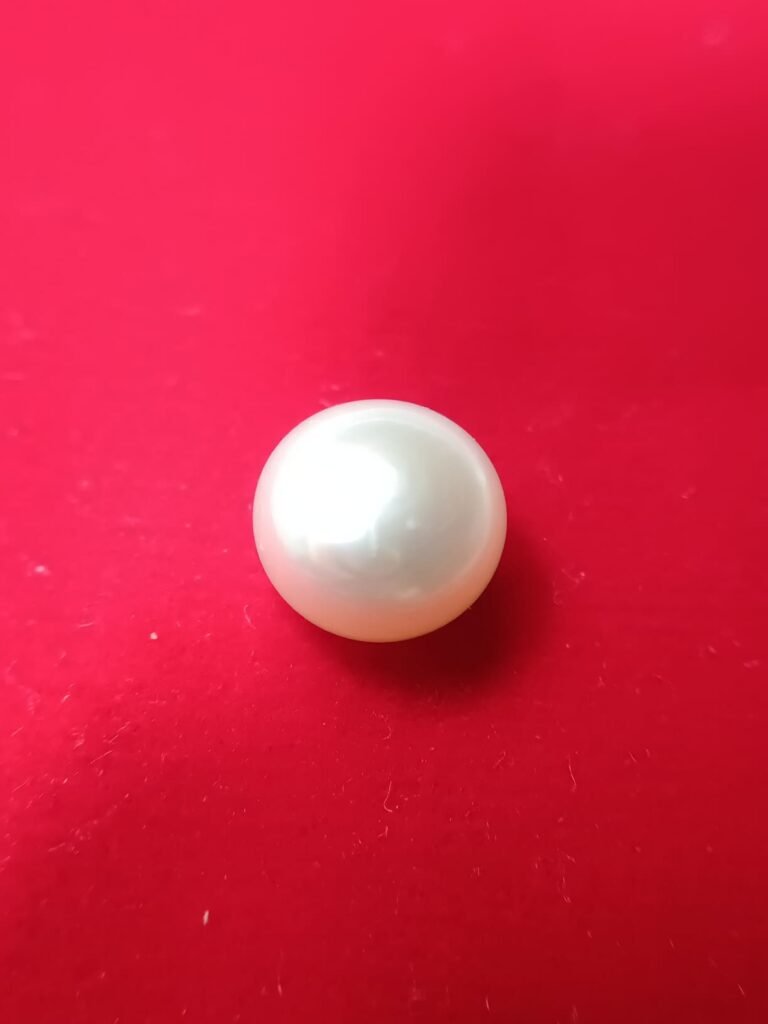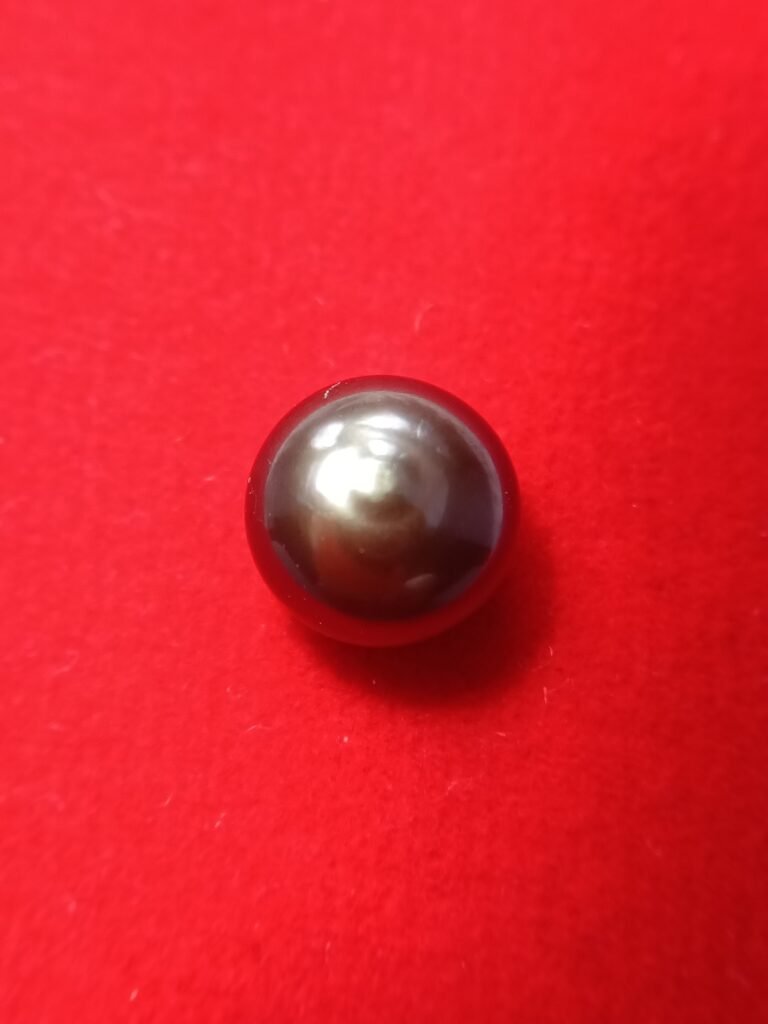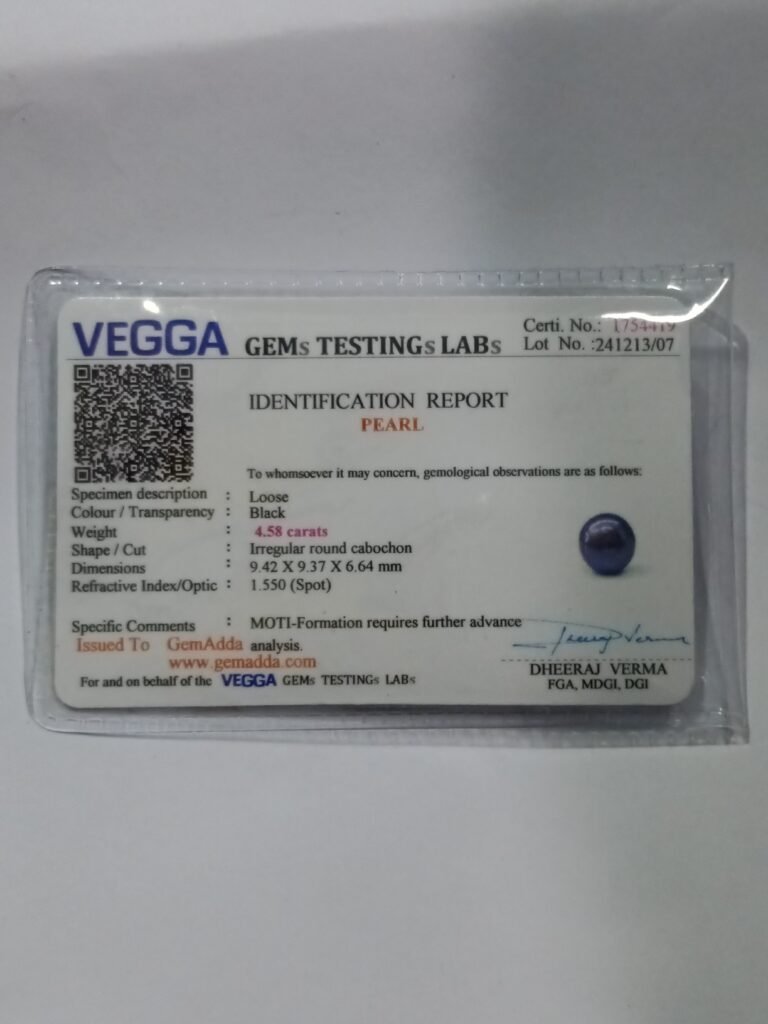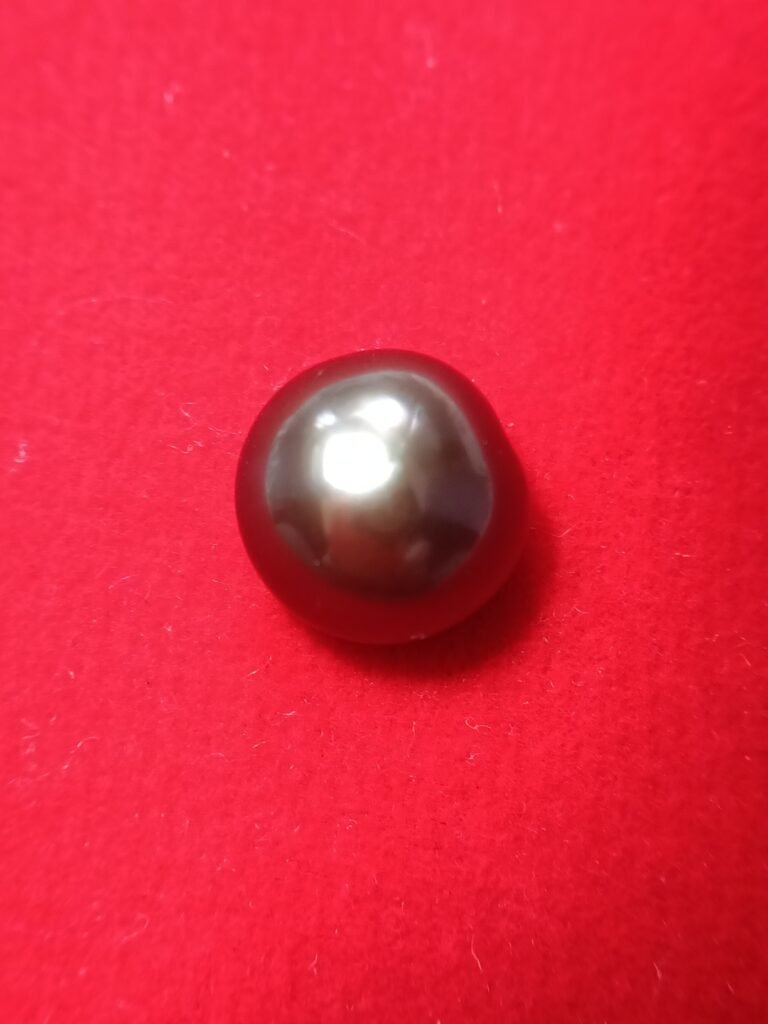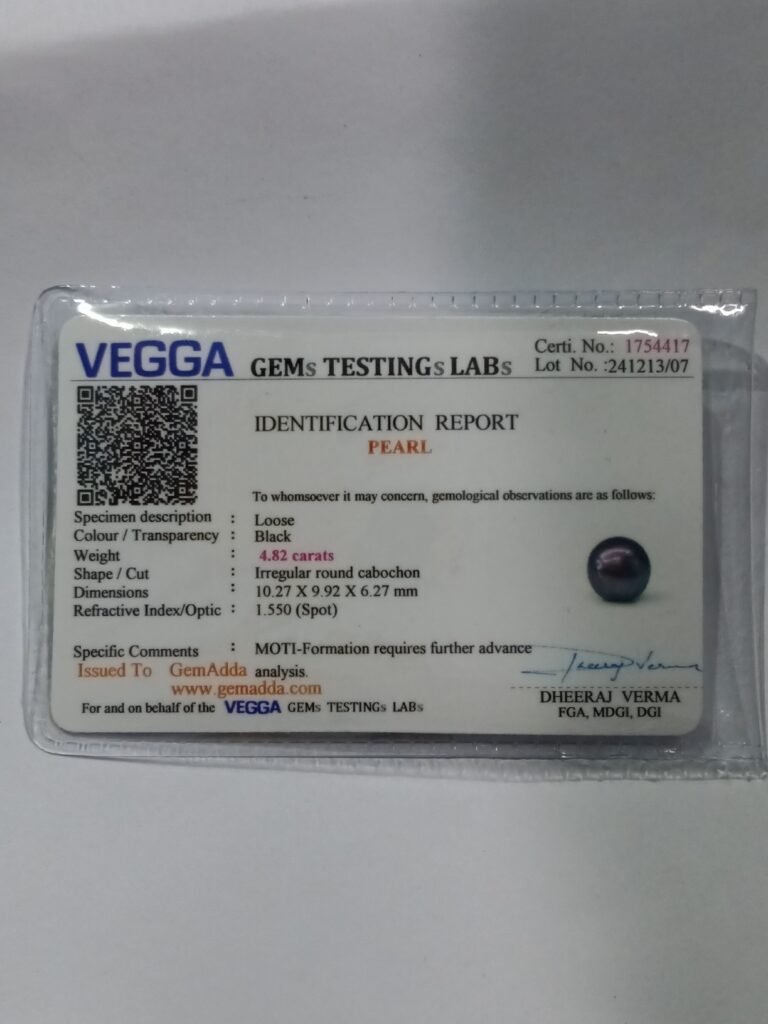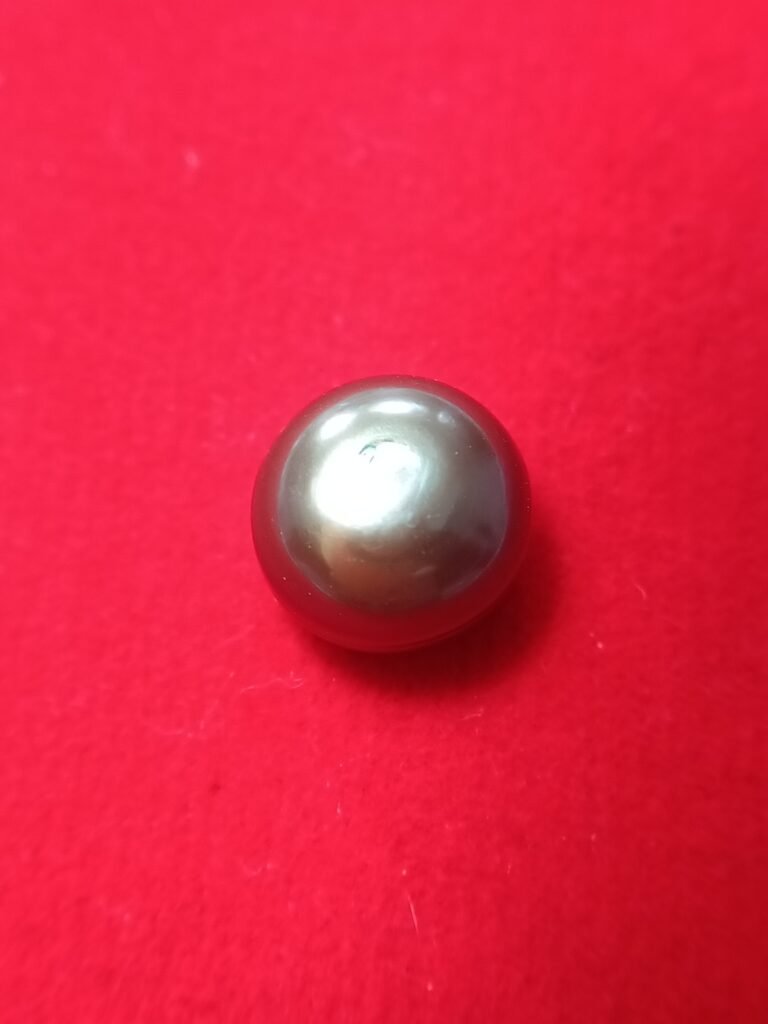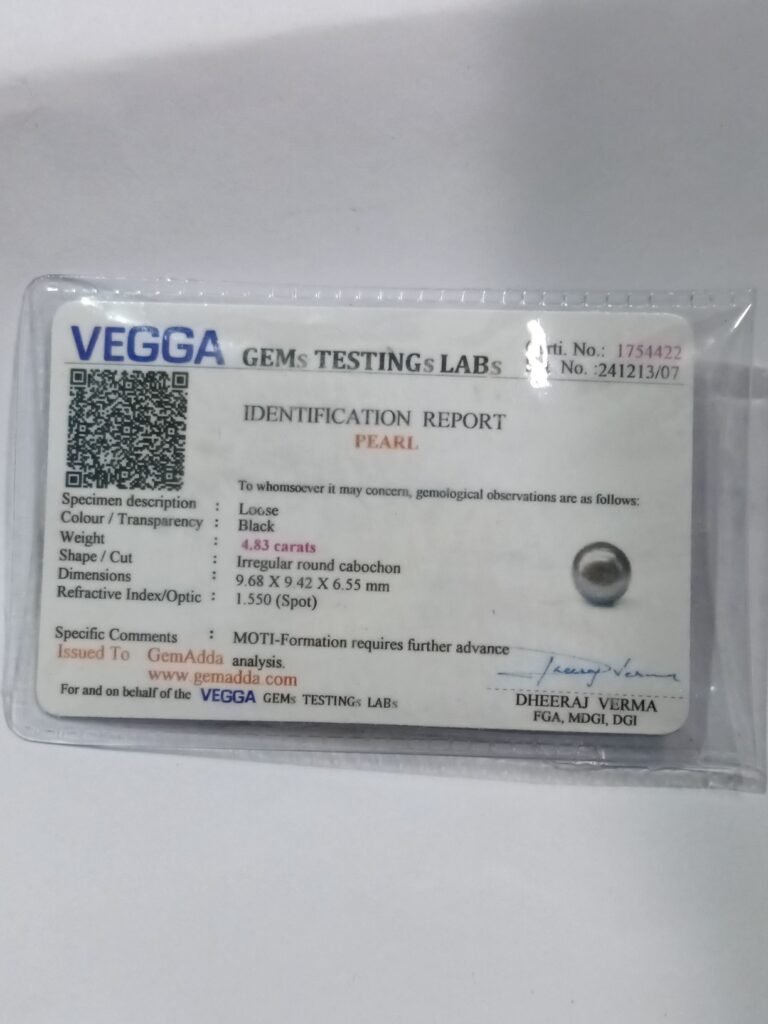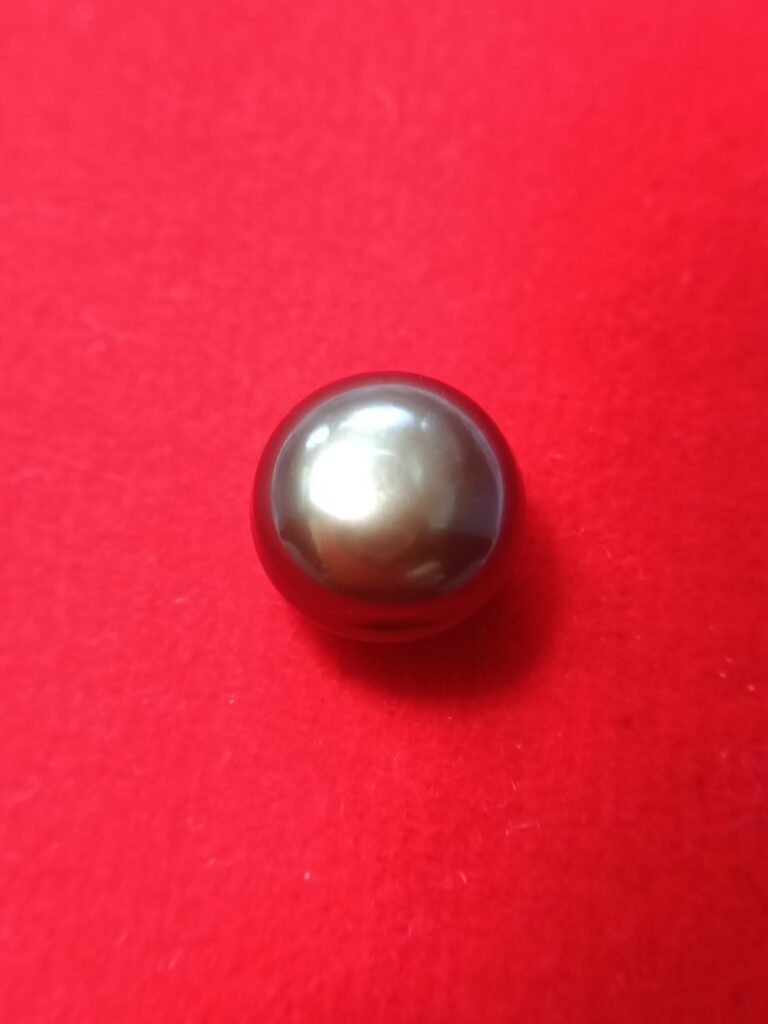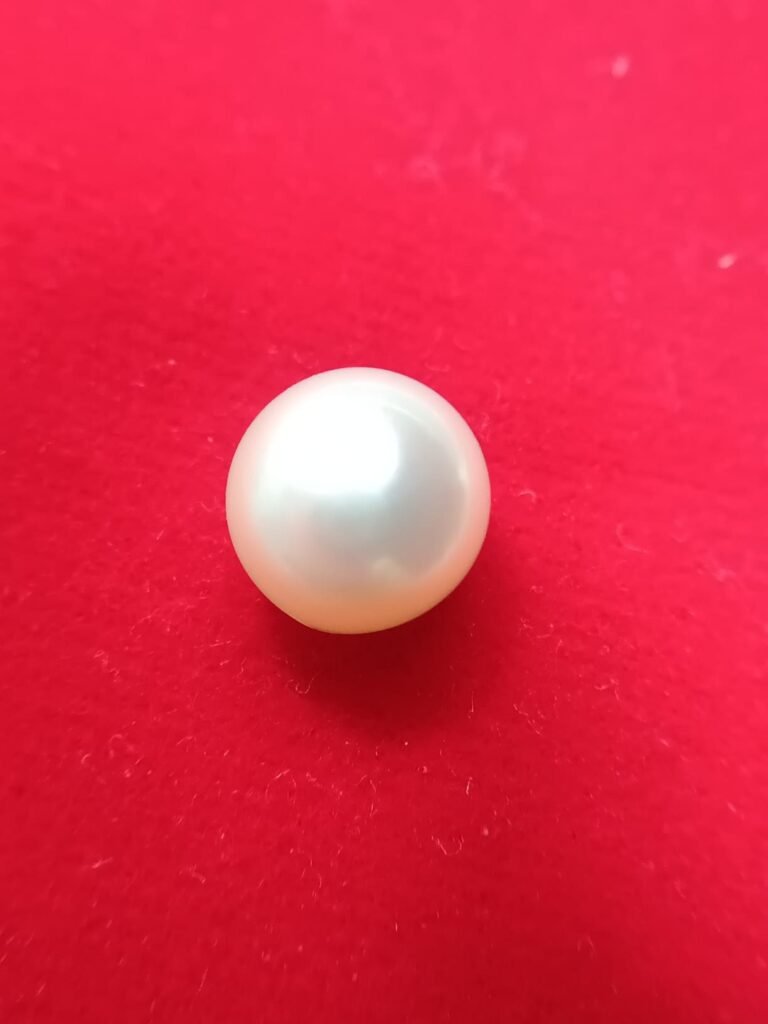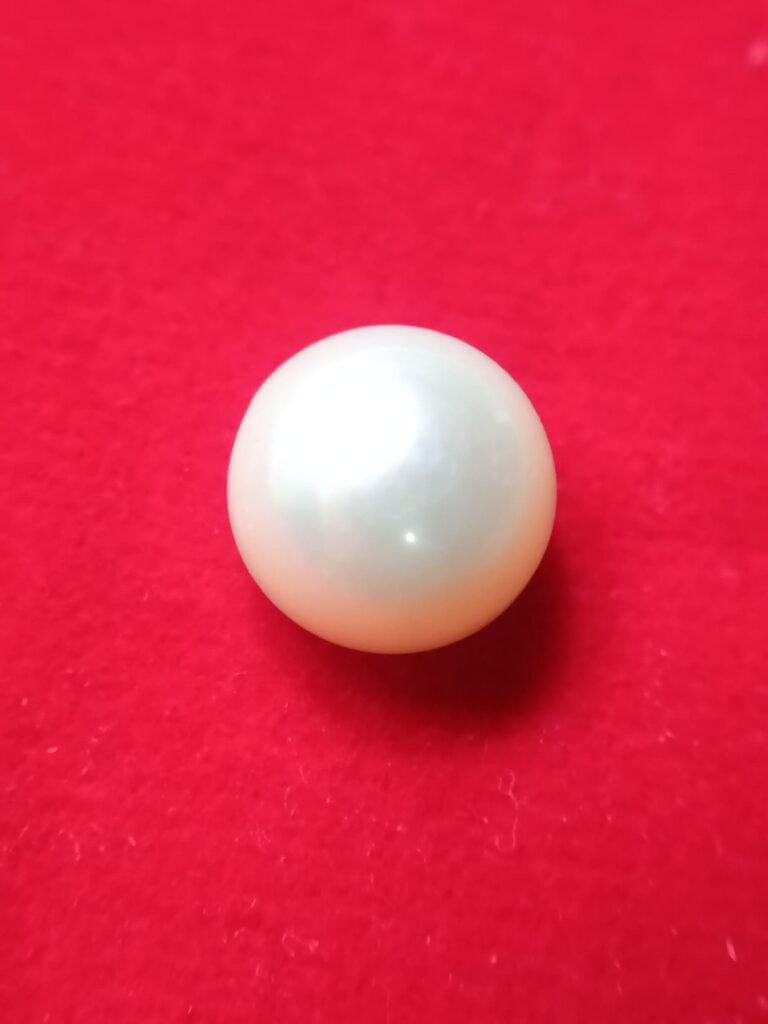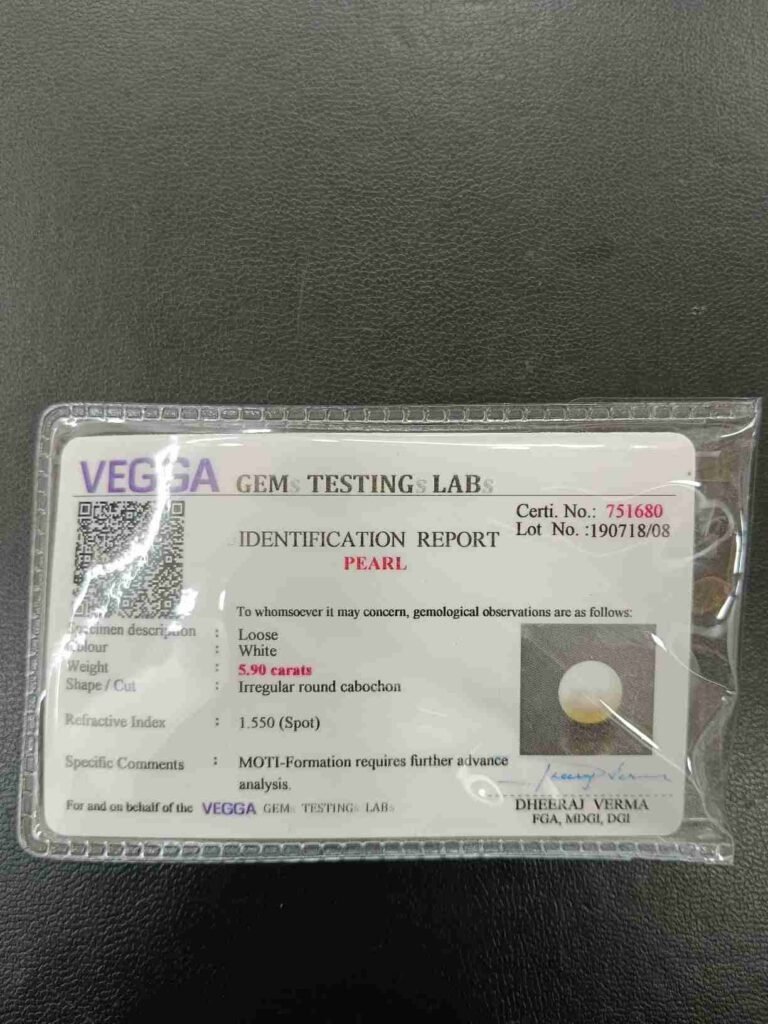Pearl Stone (Moti)
Pearl Stone (Moti)
Pearl stone (moti), is a precious gemstone associated with the planet moon and is the only stone that comes from living creatures like mollusks. It comes in a lot of different colors like white, pink, silver, cream, golden, blue, and black. White is the most common color in these. It is particularly beneficial for Sagittarius, Pisces, and Leo. Because the Moon is a planet with a calm nature, Therefore, it is believed that wearing it calms a person’s nature. The key benefit of this gemstone is that it has no side effects, and anyone can wear it.
Keshi Pearl 5.07 Carat/ 5.50 Ratti
₹2,500.00
Keshi Pearl 5.21 Carat/ 5.50 Ratti
₹2,600.00
Keshi Pearl 5.99 Carat/ 6.50 Ratti
₹3,000.00
Keshi Pearl 6.26 Carat/ 6.50 Ratti
₹3,100.00
Keshi Pearl 6.31 Carat/ 7.00 Ratti
₹3,200.00
Keshi Pearl 6.34 Carat/ 7.00 Ratti
₹3,200.00
Keshi Pearl 6.38 Carat/ 7.00 Ratti
₹3,200.00
Keshi Pearl 6.39 Carat/ 7.00 Ratti
₹3,200.00
Keshi Pearl 6.41 Carat/ 7.00 Ratti
₹3,200.00
Keshi Pearl 6.52 Carat/ 7.00 Ratti
₹3,300.00
Keshi Pearl 6.56 Carat/ 7.25 Ratti
₹3,300.00
Keshi Pearl 6.66 Carat/ 7.25 Ratti
₹3,300.00
Keshi Pearl 6.71 Carat/ 7.25 Ratti
₹3,400.00
Keshi Pearl 6.83 Carat/ 7.50 Ratti
₹3,400.00
Keshi Pearl 7.00 Carat/ 7.50 Ratti
₹3,500.00
Keshi Pearl 7.03 Carat/ 7.50 Ratti
₹3,500.00
Keshi Pearl 7.14 Carat/ 7.50 Ratti
₹3,600.00
Pearl 10.02 Carat/ 11 Ratti
₹1,500.00
Pearl 10.05 Carat/ 11 Ratti
₹1,500.00
Pearl 10.18 Carat/ 11.25 Ratti
₹1,500.00
Pearl 10.18 Carat/ 11.25 Ratti
₹4,600.00
Pearl 10.22 Carat/ 11.25 Ratti
₹4,600.00
Pearl 10.23 Carat/ 11.25 Ratti
₹4,600.00
Pearl 10.26 Carat/ 11.25 Ratti
₹4,600.00
Pearl 10.41 Carat/ 11.50 Ratti
₹4,700.00
Pearl 10.45 Carat/ 11.50 Ratti
₹4,700.00
Pearl 10.55 Carat/ 11.50 Ratti
₹4,700.00
Pearl 10.79 Carat/ 11.50 Ratti
₹1,700.00
Pearl 11.37 Carat/ 12.50 Ratti
₹1,700.00
Pearl 13.72 Carat/ 15 Ratti
₹2,100.00
Pearl 14.17 Carat/ 15.50 Ratti
₹2,100.00
Pearl 14.59 Carat/ 16 Ratti
₹2,100.00
Pearl 17.37 Carat/ 19.25 Ratti
₹2,550.00
Pearl 4.18 Carat/ 4.50 Ratti
₹650.00
Pearl 4.21 Carat/ 4.50 Ratti
₹230.00
Pearl 4.22 Carat/ 4.50 Ratti
₹1,900.00
Pearl 4.26 Carat/ 4.50 Ratti
₹650.00
Pearl 4.28 Carat/ 4.50 Ratti
₹650.00
Pearl 4.32 Carat/ 4.50 Ratti
₹650.00
Pearl 4.39 Carat/ 4.50 Ratti
₹700.00
Pearl 4.40 Carat/ 4.50 Ratti
₹700.00
Pearl 4.44 Carat/ 4.50 Ratti
₹700.00
Pearl 4.53 Carat/ 5.00 Ratti
₹2,000.00
Pearl 4.55 Carat/ 5 Ratti
₹700.00
Pearl 4.58 Carat/ 5.00 Ratti
₹2,100.00
Pearl 4.82 Carat/ 5.25 Ratti
₹2,200.00
Pearl 4.83 Carat/ 5.25 Ratti
₹2,200.00
Pearl 5.13 Carat/ 5.50 Ratti
₹2,300.00
Pearl 5.52 Carat/ 6 Ratti
₹110.00
Pearl 5.90 Carat/ 6.50 Ratti
₹900.00

 Blue Sapphire (Neelam Stone)
Blue Sapphire (Neelam Stone) Yellow Sapphire (Pukhraj Stone)
Yellow Sapphire (Pukhraj Stone)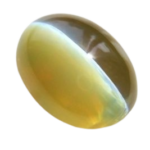 Cats Eye Stone (Lehsunia)
Cats Eye Stone (Lehsunia) Gomed Stone (Hessonite Garnet)
Gomed Stone (Hessonite Garnet) Manik Stone (Ruby)
Manik Stone (Ruby)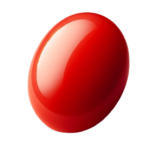 Moonga Stone (Coral)
Moonga Stone (Coral)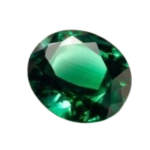 Panna Stone (Emerald)
Panna Stone (Emerald) Pearl Stone (Moti)
Pearl Stone (Moti) Citrine Stone (Sunela)
Citrine Stone (Sunela) Iolite Stone (Kaka-Neeli)
Iolite Stone (Kaka-Neeli) Natural Zircon
Natural Zircon Opal Stone (Doodhiya Pathar)
Opal Stone (Doodhiya Pathar)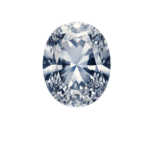 White Sapphire (Safed Pukhraj)
White Sapphire (Safed Pukhraj)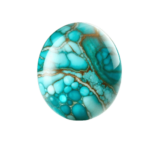 Turquoise Stone (Firoja)
Turquoise Stone (Firoja)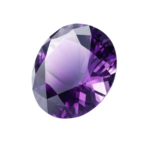 Amethyst Stone (Katela)
Amethyst Stone (Katela)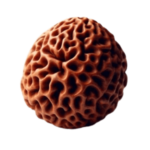 Rudraksha
Rudraksha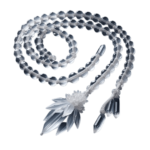 Sphatik
Sphatik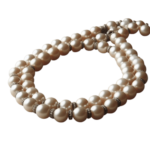 Pearl Mala
Pearl Mala